In this Article
Toggle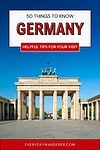
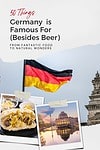
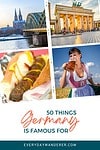
When you think about Germany, you may immediately hear polka music in a festive beer garden while revelers sip from overflowing steins. But Deutschland is so much more than its world-class beer. What is Germany famous for? Keep reading to find out!
Germany holds a special place in my heart. As a kid, I had the incredible opportunity to live in Bavaria, where my family participated in “volksmarches” (organized hikes) through the wooded mountains in the summer, celebrated Oktoberfest in the fall, and visited magical Christmas markets during the holidays.
Although the country was divided by the Berlin Wall when I last lived abroad, I have been able to visit Germany’s capital city as an adult, giving me a chance to learn about this incredible aspect of human history by stepping over the marker placed in the cobblestone street that once separated family members for decades and strolling through the East Side Gallery.
While German beer is undoubtedly some of the best in the world, and there’s no experience on Earth like Oktoberfest in Munich, Germany is famous for much more than its liquid bread.
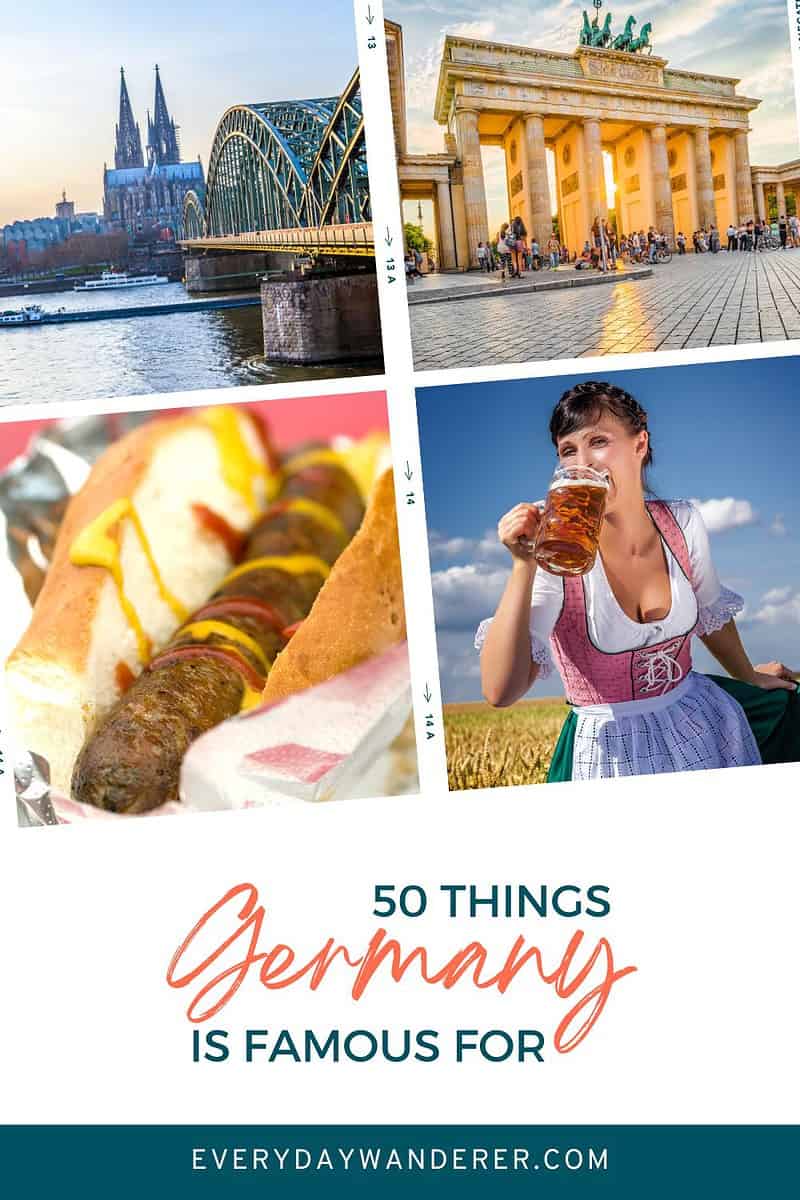
To help offset the costs of running EverydayWanderer.com, you’ll find affiliate links lightly sprinkled throughout the site. If you choose to make a purchase via one of these links, there’s no additional cost to you, but I’ll earn a teeny tiny commission. You can read all of the legal blah blah blah (as my little niece says) on the full disclosure page.
Scrumptious German Food and Drink
While Germany may be synonymous with beer for most people, its culinary landscape offers an array of flavors that go far beyond the hoppy adult beverage. From savory sausages to mouthwatering pastries, German cuisine is a delightful journey for your taste buds.

Bratwurst
Bratwurst is a quintessential German sausage made from pork, beef, or veal. The links are usually grilled or pan fried and often served with sauerkraut or inside a brötchen, a German bread roll.
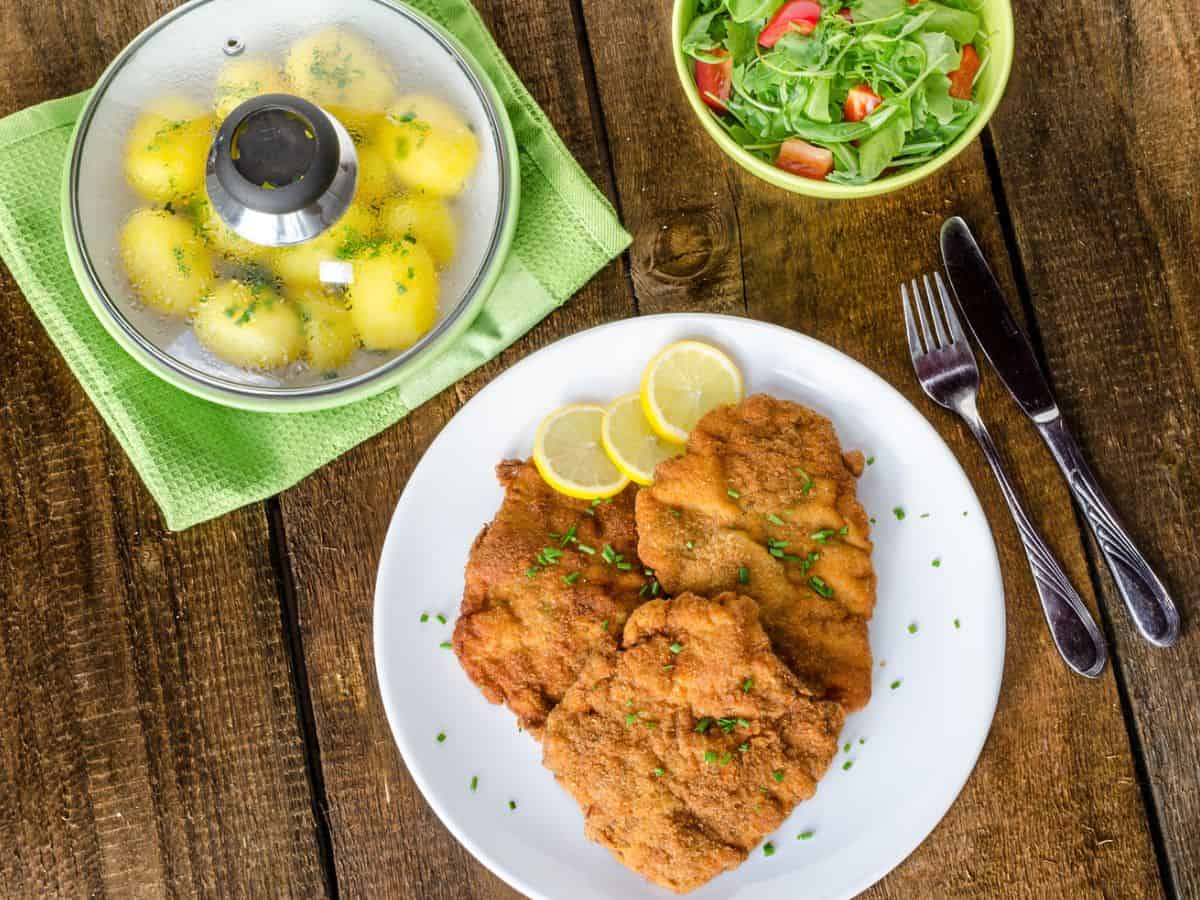
Schnitzel
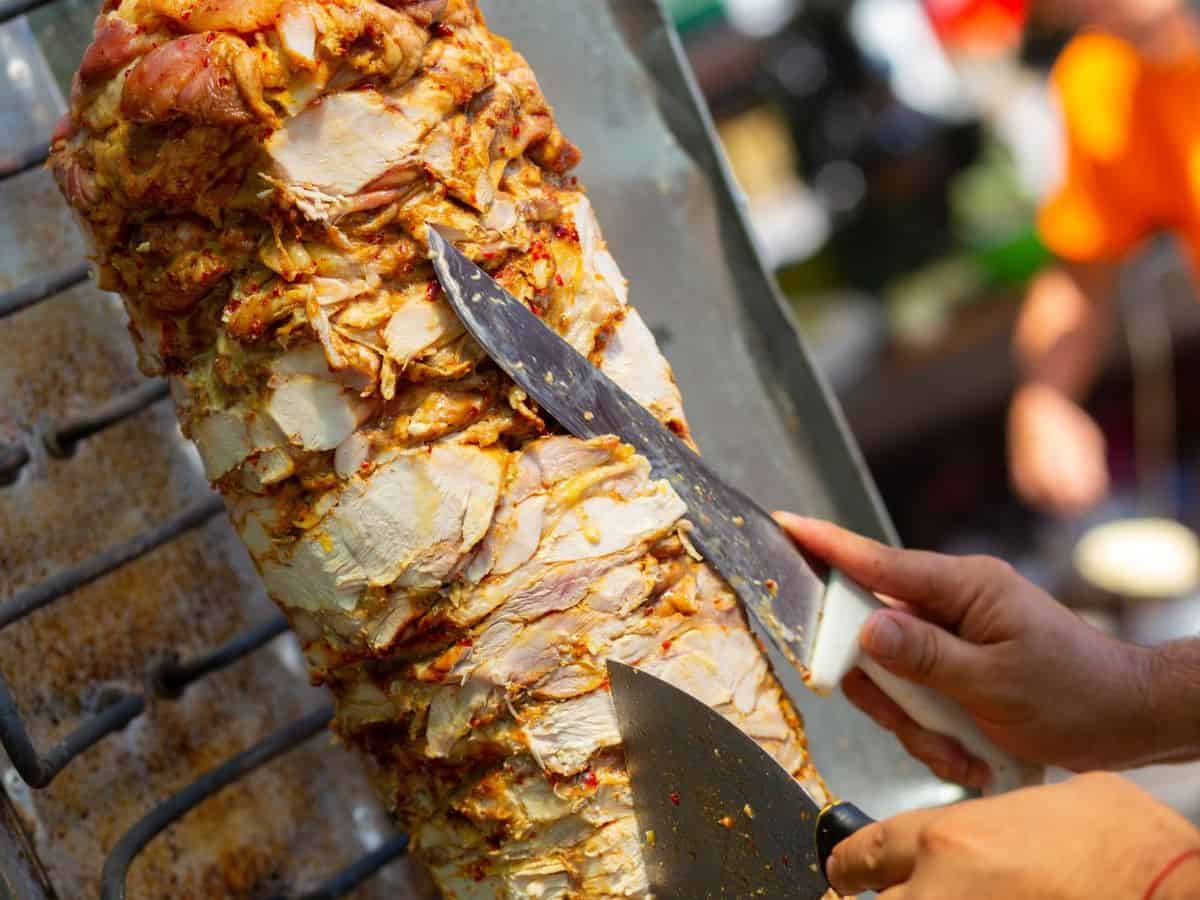
Döner Kebab
Döner kebab might surprise some as a German food staple, but Turkish immigrants have popularized it in Germany. This dish features sliced meat from a vertical rotisserie and is usually served in a flatbread with a variety of toppings. It’s a popular fast food item, especially in Berlin.

Pretzels
Pretzels, or brezeln in German, are baked bread products often enjoyed as a snack. Originating from Southern Germany, they’re commonly eaten with mustard or butter and have a distinct twisted shape.
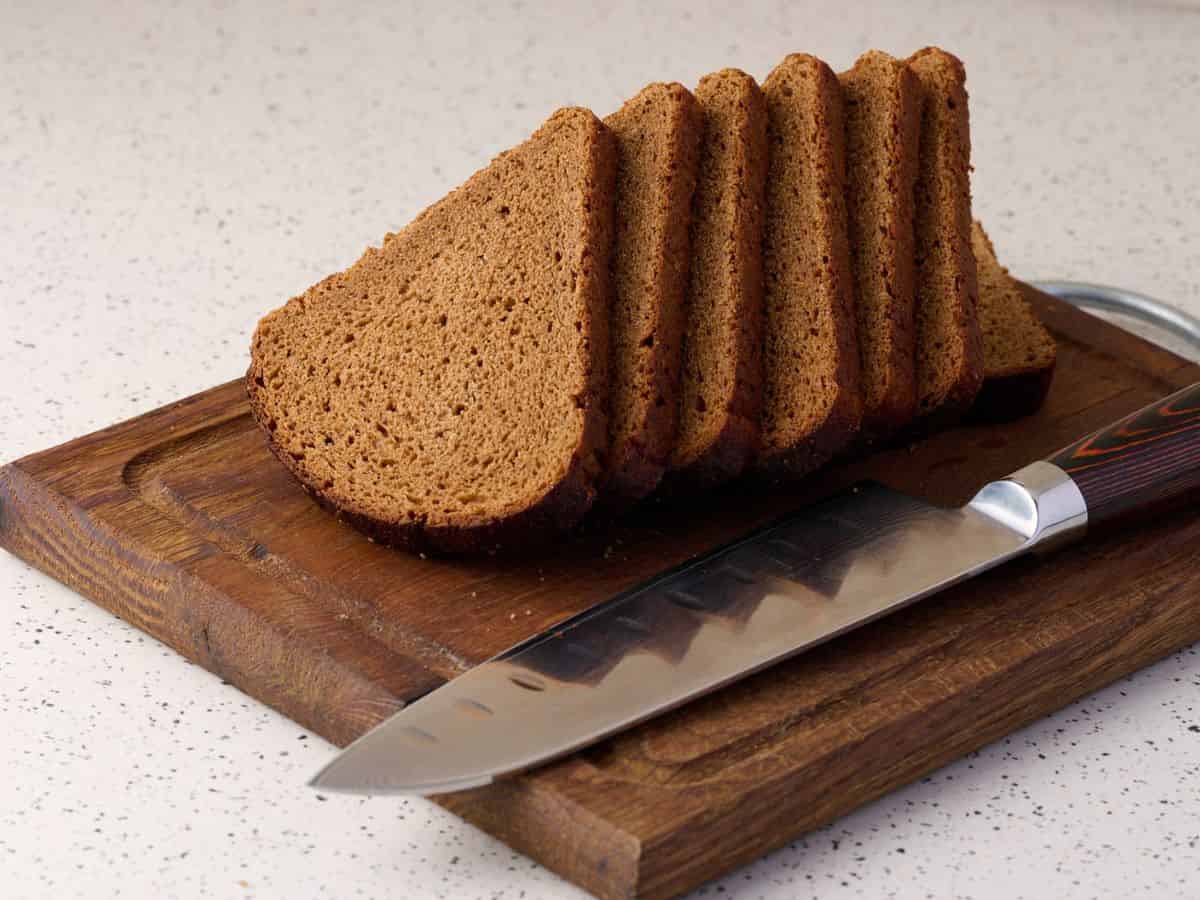
Rye Bread
Rye bread is a staple in German households, particularly in the northern regions. Made primarily from rye flour, this bread is denser than typical white bread and slightly sour. It pairs excellently with cheeses and cold cuts.

Sauerkraut
Made from fermented cabbage, sauerkraut is a staple side dish in German cuisine, where it is often served with sausages or as part of a hearty stew. The fermentation process gives it a tangy flavor, making it a perfect counterpoint to richer foods.

Black Forest Cake
Named after the Black Forest region, this beloved cake is a heavenly layering of chocolate sponge, cherries, and whipped cream. It’s often spiked with a dash of cherry schnapps, giving it a slight boozy kick.
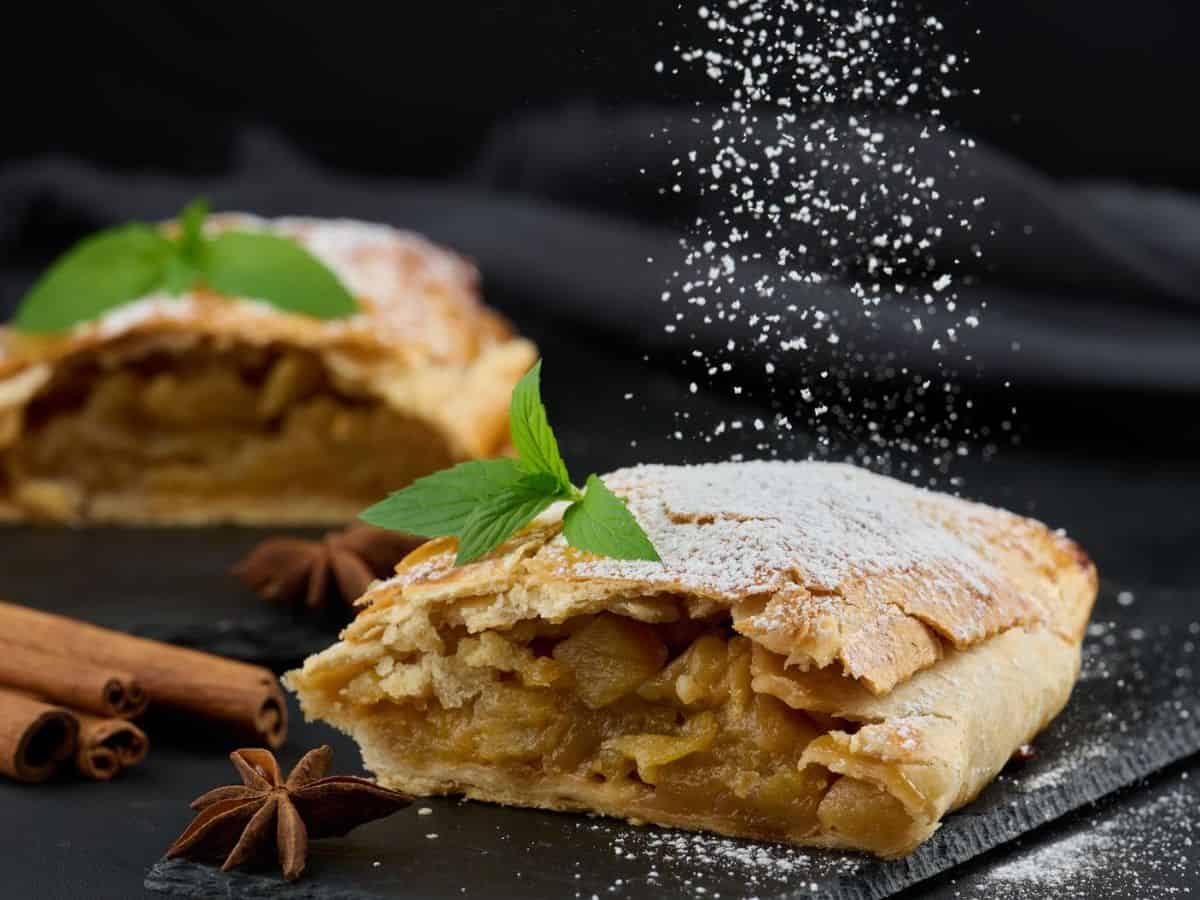
Strudel
Strudel is a layered pastry often filled with fruits like apple or cherry. Like schnitzel, it has Austrian roots but is widely enjoyed in Germany, especially in Bavaria. The flaky crust and sweet, tart filling make it a popular dessert or breakfast choice.
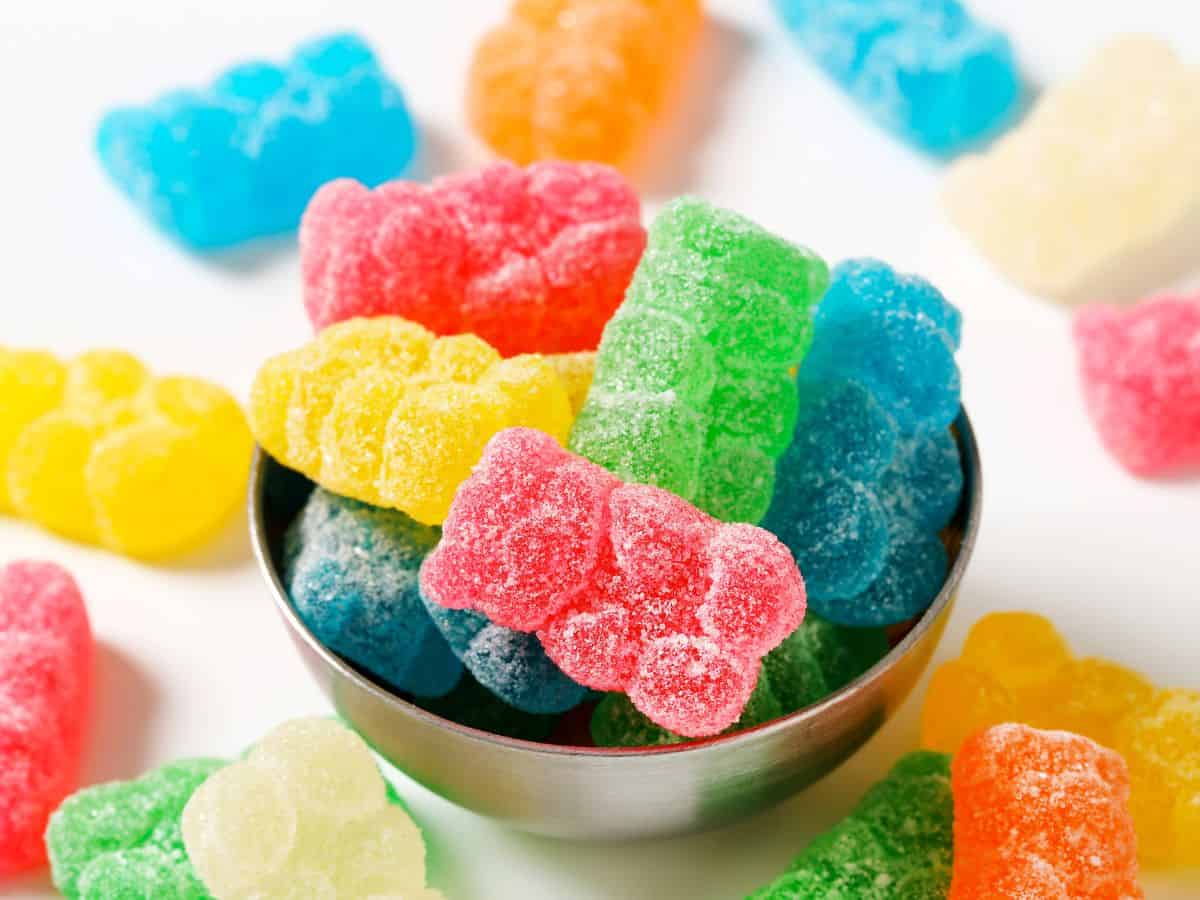
Gummy Bears
Haribo, a German company, invented gummy bears. These chewy, fruit-flavored candies are a hit with kids and adults, offering sweetness in every bite. Today, you can find gummies in a variety of shapes and flavors. My favorite? Cola-flavored gummies!

Riesling Wine
Riesling is a white grape variety originating in the Rhine region of Germany. The wine it produces can range from sweet to dry and is known for its floral aroma and high acidity. It’s a versatile wine that pairs well with a wide range of foods, making it a staple in German dining. So when you visit Deutschland, be sure to take a Germany vineyard tour!
Famous German Cities
Germany is a tapestry of vibrant cities, each with unique character and historical significance. From the cosmopolitan allure of Berlin to the baroque beauty of Dresden, these major cities offer a blend of rich culture, impressive architecture, and delicious food.

Berlin
Berlin, the capital city, is a melting pot of history, art, and modernity. Known for its iconic landmarks like the Brandenburg Gate and remnants of the Berlin Wall, Berlin is a city that never sleeps offering plenty to see and do in Berlin at night. Its diverse neighborhoods, cutting-edge art scene, and bustling nightlife make it a must-visit for any traveler.

Hamburg
Hamburg is Germany’s second-largest city and a central port town. Known for its beautiful canals and bridges, Hamburg is called the “Venice of the North.” The Reeperbahn, its famous entertainment district, and the historic Speicherstadt warehouse district are among its many attractions.
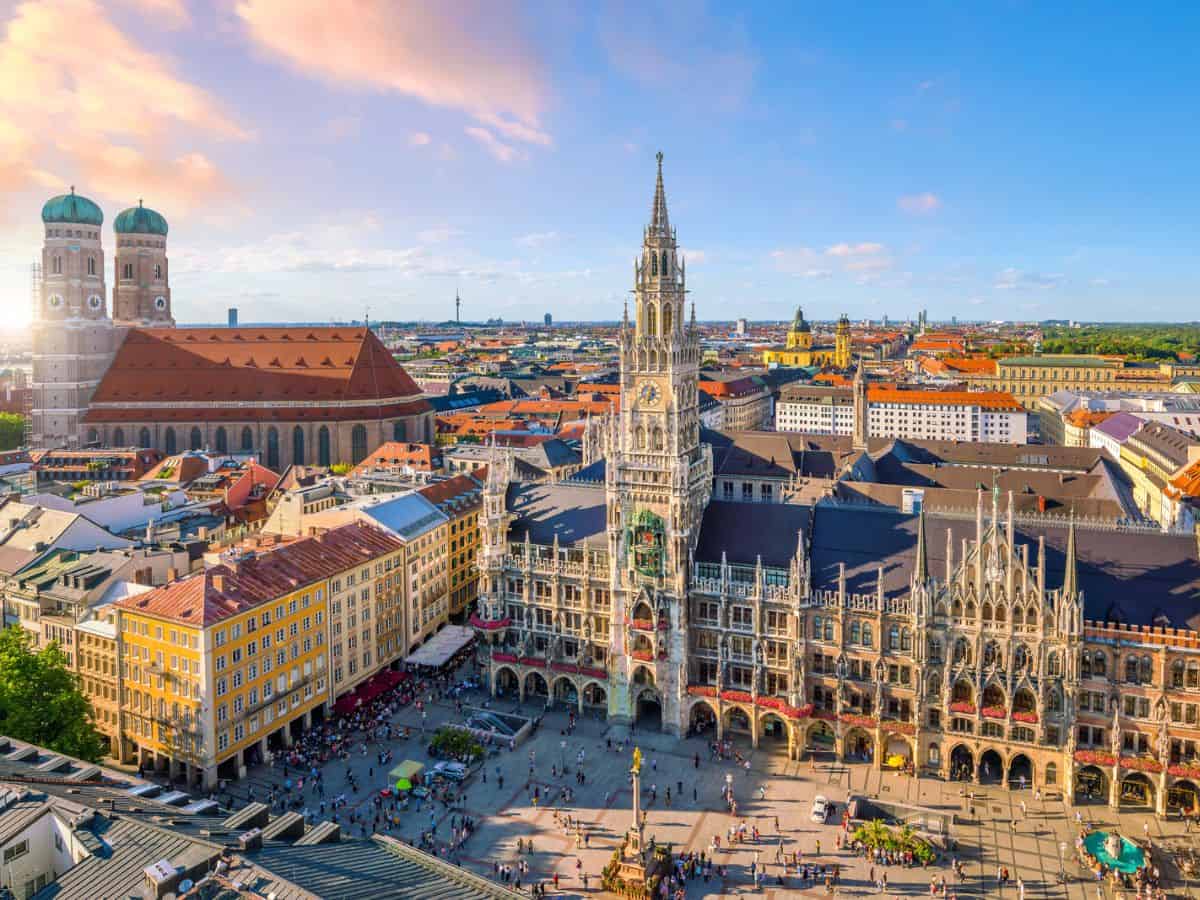
Munich
Munich, the capital of Bavaria, is synonymous with Oktoberfest, but there’s so much more to see and do. From the stunning Nymphenburg Palace to the bustling Viktualienmarkt, Munich offers a mix of traditional Bavarian culture and modern German efficiency.
Sage Advice: Looking for accommodations in this delightful Bavaraian city? Check out these Munich boutique hotels!
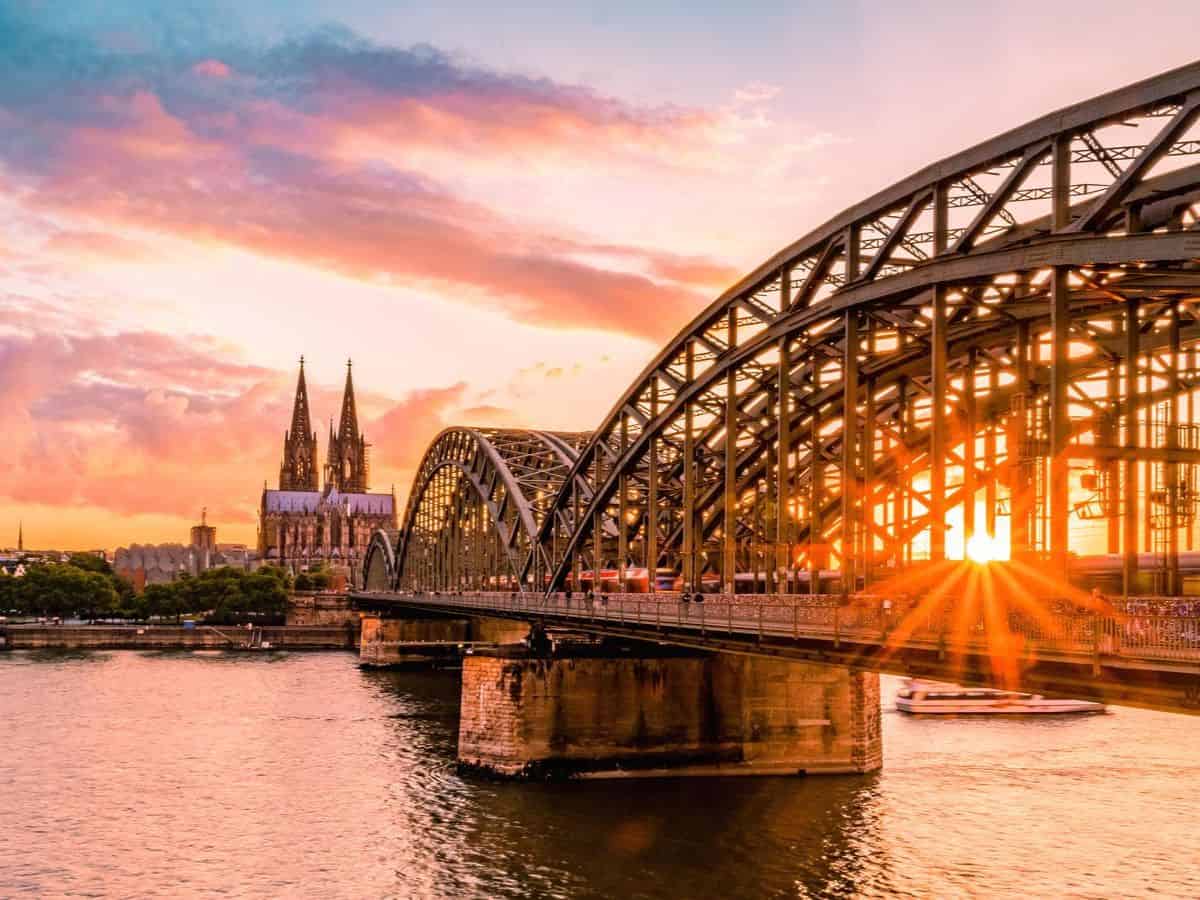
Cologne
Cologne is most famous for its stunning Gothic cathedral, the Kölner Dom, which dominates the city skyline. Situated along the Rhine River, the city is also known for its vibrant arts scene and the annual Carnival celebrations that transform the city into a hub of festivity.
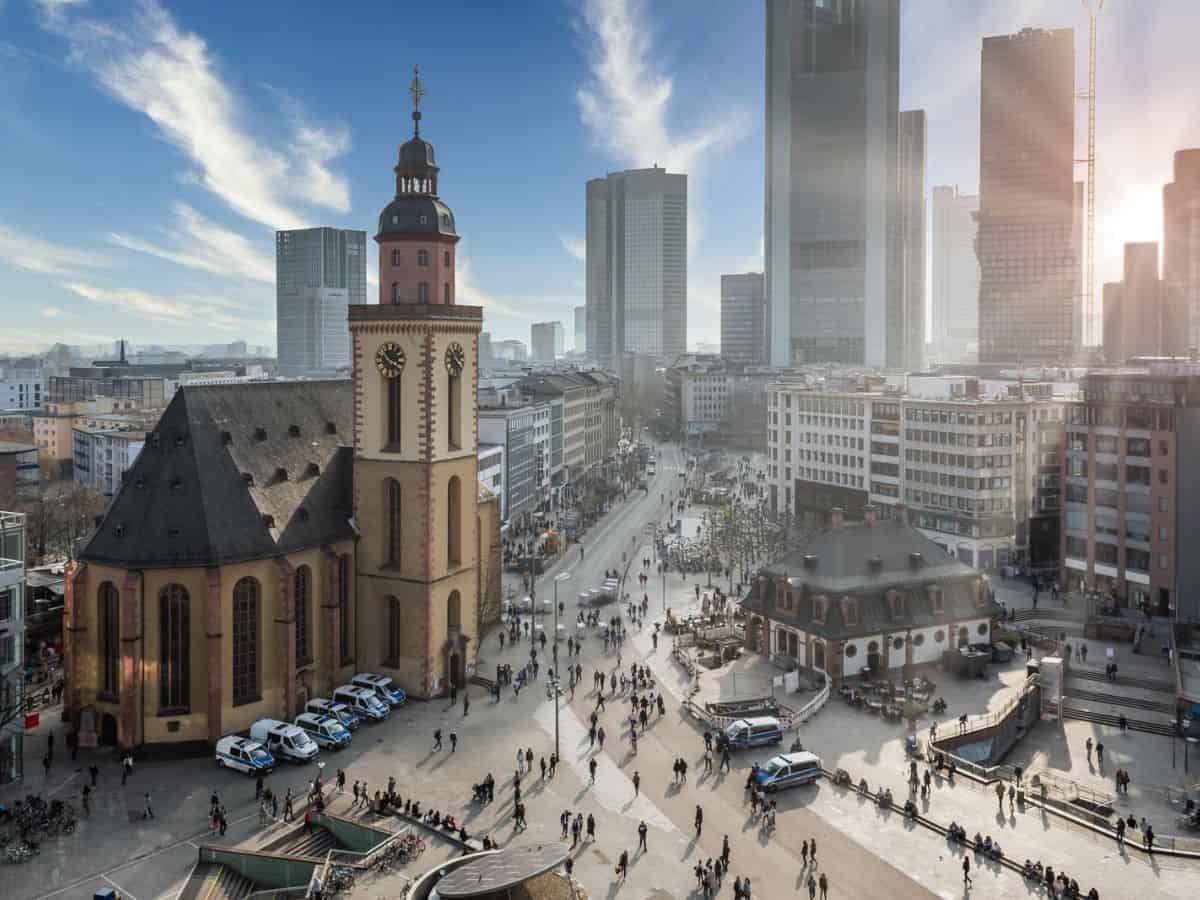
Frankfurt
Frankfurt is Germany’s financial powerhouse, often called “Mainhattan” due to its impressive skyline along the Main River. Beyond the skyscrapers, you’ll find charming neighborhoods like Sachsenhausen, known for its apple wine taverns, and the Städel Museum, one of Germany’s most important art galleries.
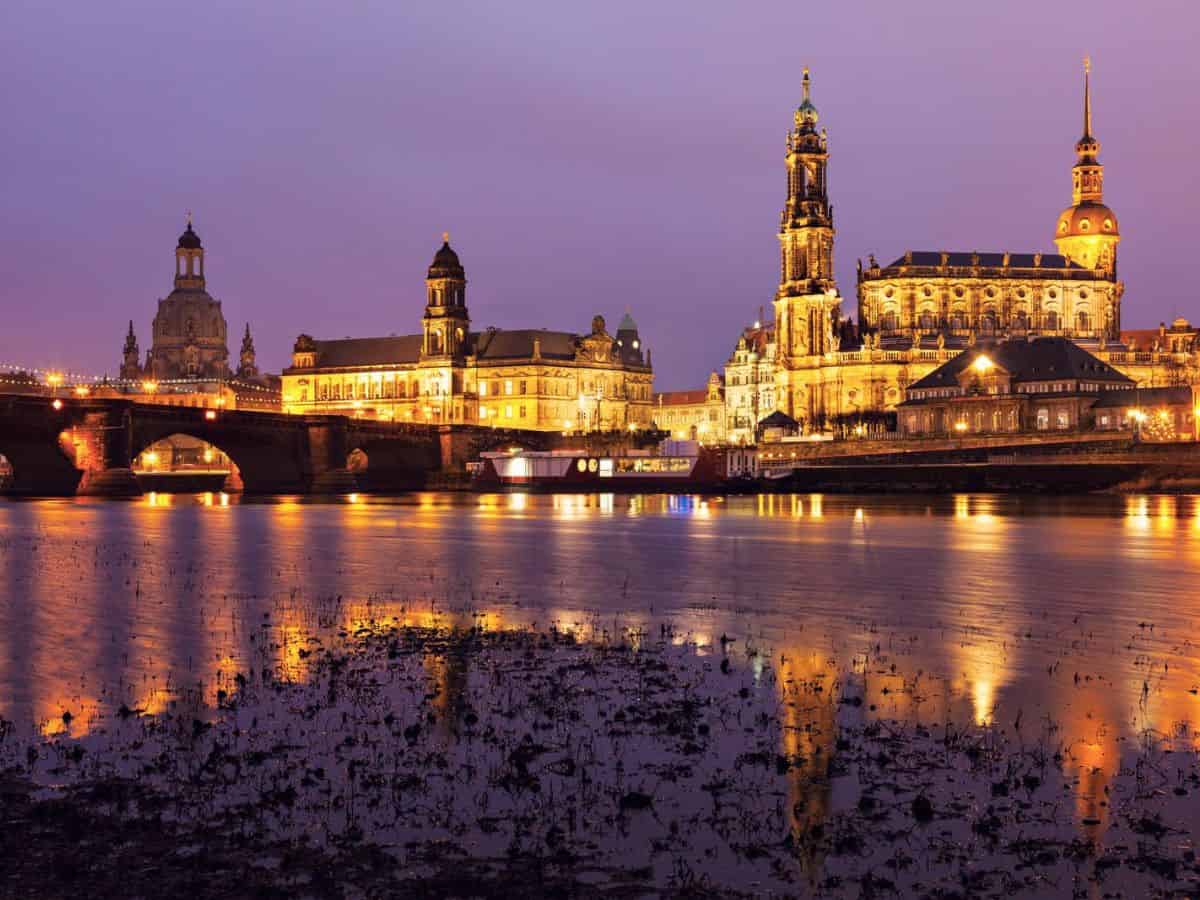
Dresden
Dresden, often called the “Jewel Box” because of its baroque and rococo city center, was painstakingly rebuilt after World War II. The city is famous for its stunning architecture, like the Frauenkirche and the Zwinger Palace, and its rich artistic heritage.
Automotive Industry
When it comes to impeccably designed vehicles and lightning-fast freeways, Germany is in a league of its own. Home to the legendary autobahn, where speed limits are more of a suggestion than a rule, the country has also given birth to some of the world’s most iconic car brands.
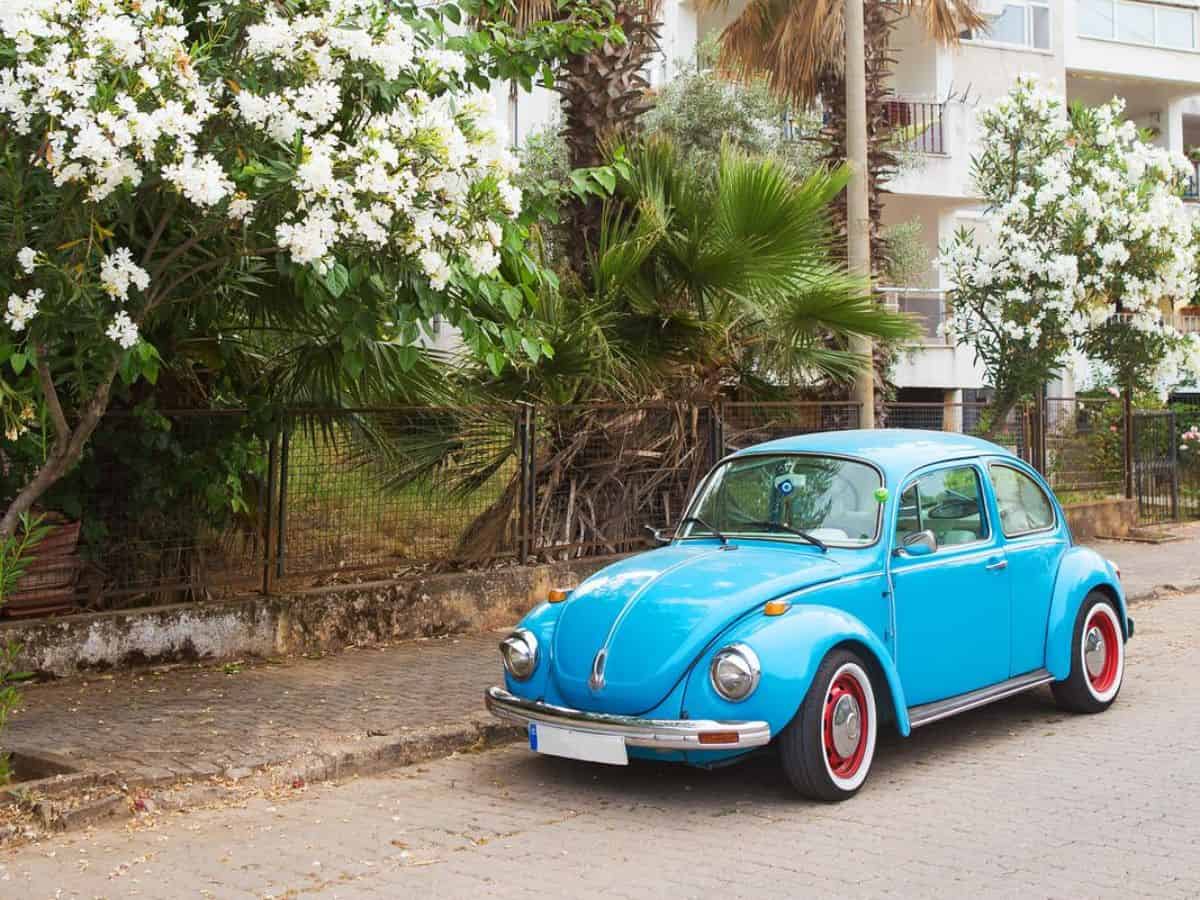
Volkswagen
Volkswagen, often abbreviated as VW, is the force behind popular models like the Beetle, Golf, and Passat. Known for its reliability and affordability, Volkswagen is the people’s car, quite literally, as that’s how its name translates from German.

Mercedes-Benz
Mercedes-Benz is the epitome of luxury and sophistication on four wheels. This iconic brand symbolizes German engineering at its finest, producing vehicles that set the standard for comfort, safety, and innovation. Mercedes-Benz has a vehicle for every high-end taste, from the elegant S-Class sedans to the rugged G-Class SUVs.
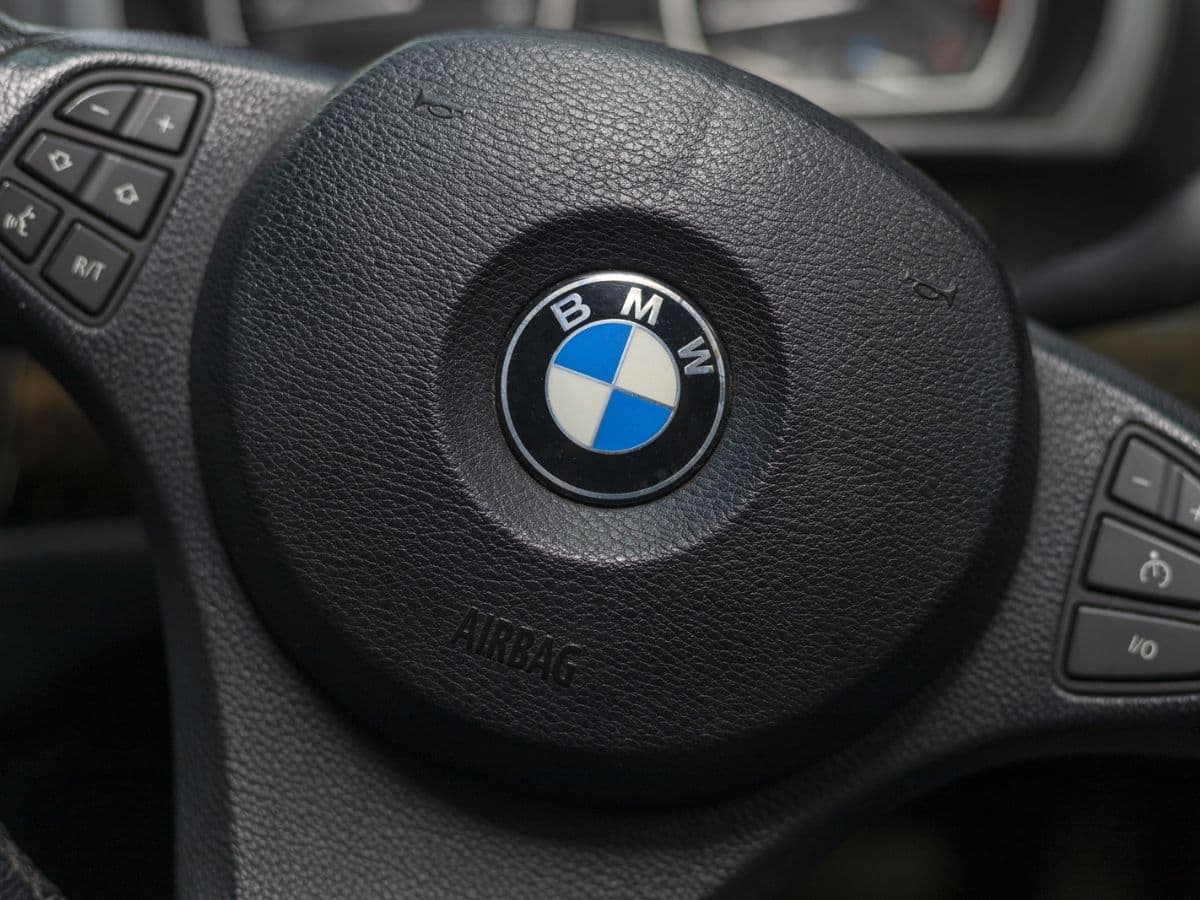
BMW
BMW, or Bayerische Motoren Werke AG, is another titan in the luxury car market. Known for its sporty vehicles and the iconic kidney grille, BMW combines performance with elegance. Whether the compact 3 Series or the lavish 7 Series, BMW cars are as much about the driving experience as they are about getting from point A to point B.
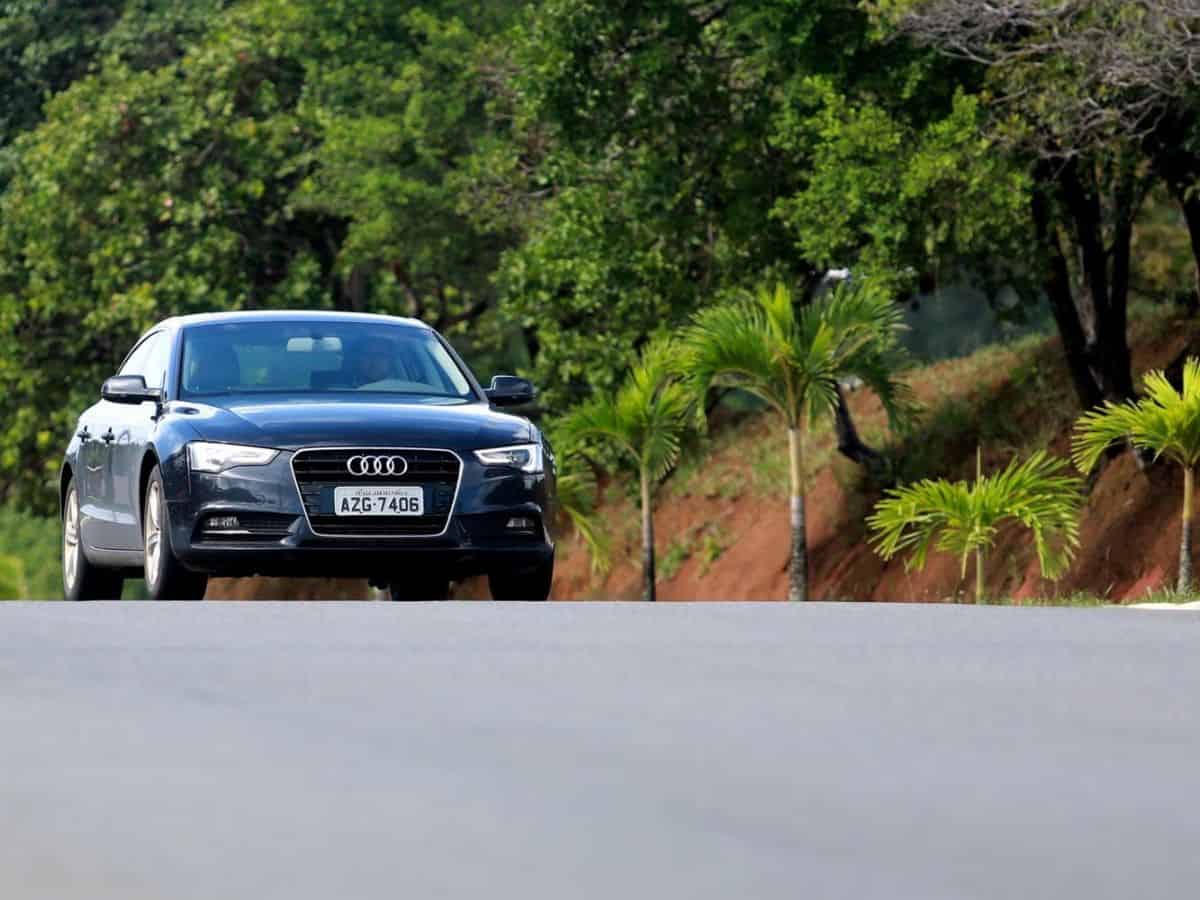
Audi
Audi is renowned for its high-quality cars, characterized by luxurious interiors and cutting-edge technology. The brand’s four-ring logo symbolizes the 1932 merger of four independent motor vehicle manufacturers.
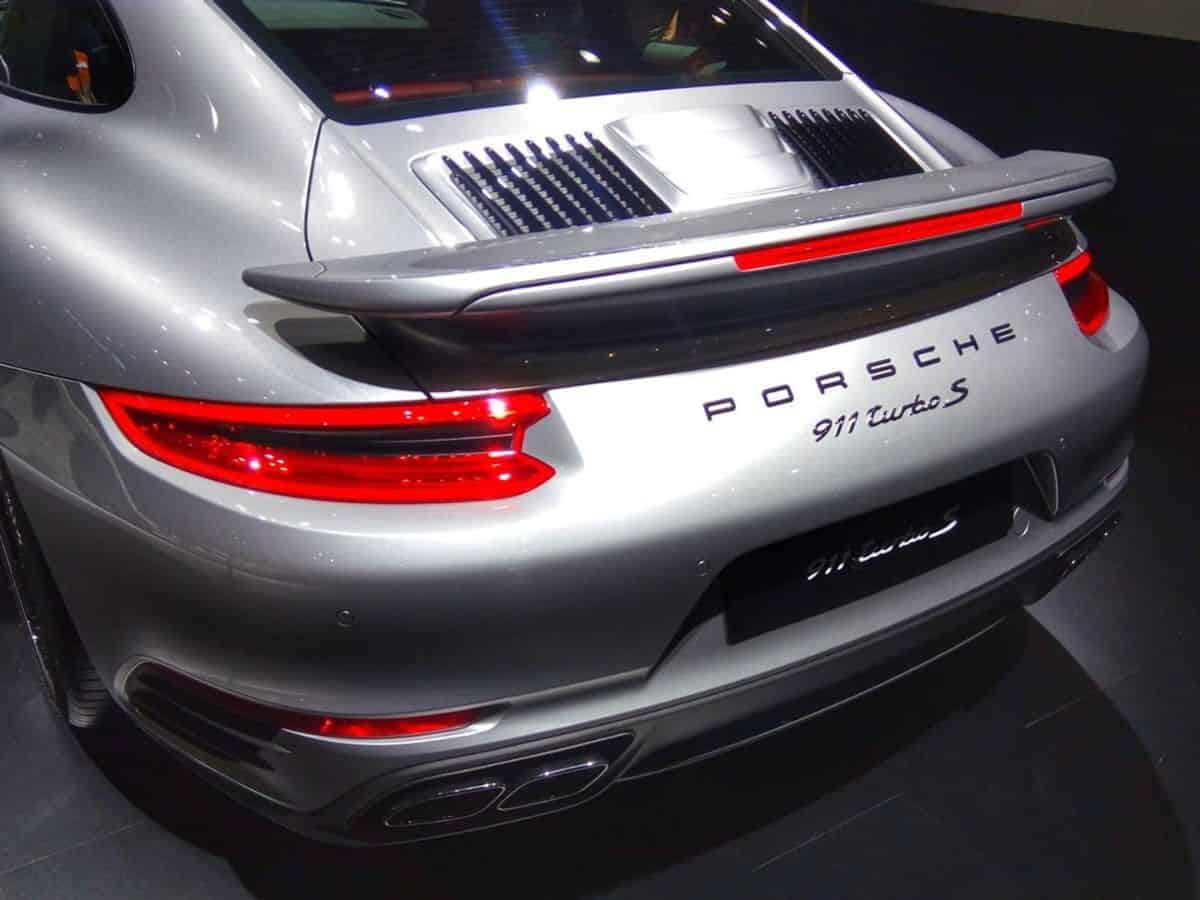
Porsche
Porsche is the go-to brand for high-performance sports cars. Famous for models like the 911 and the Cayenne, with their sleek design and unparalleled German engineering, Porsche cars are designed for speed but don’t compromise on luxury.
Sage Advice: While you’re not likely to see a Trabant speeding down the autobahn — after all, the iconic East German car tops out at 62 miles per hour — it’s a symbol of German history that you can’t help but love. Check out these fun facts about the Trabi, the communist bloc’s version of a “people’s car.”
Music and Composers
Germany’s contributions to the world of music are as diverse as they are profound. From classical compositions that have stood the test of time to groundbreaking electronic tunes, German musicians and composers have shaped the fabric of global music culture.
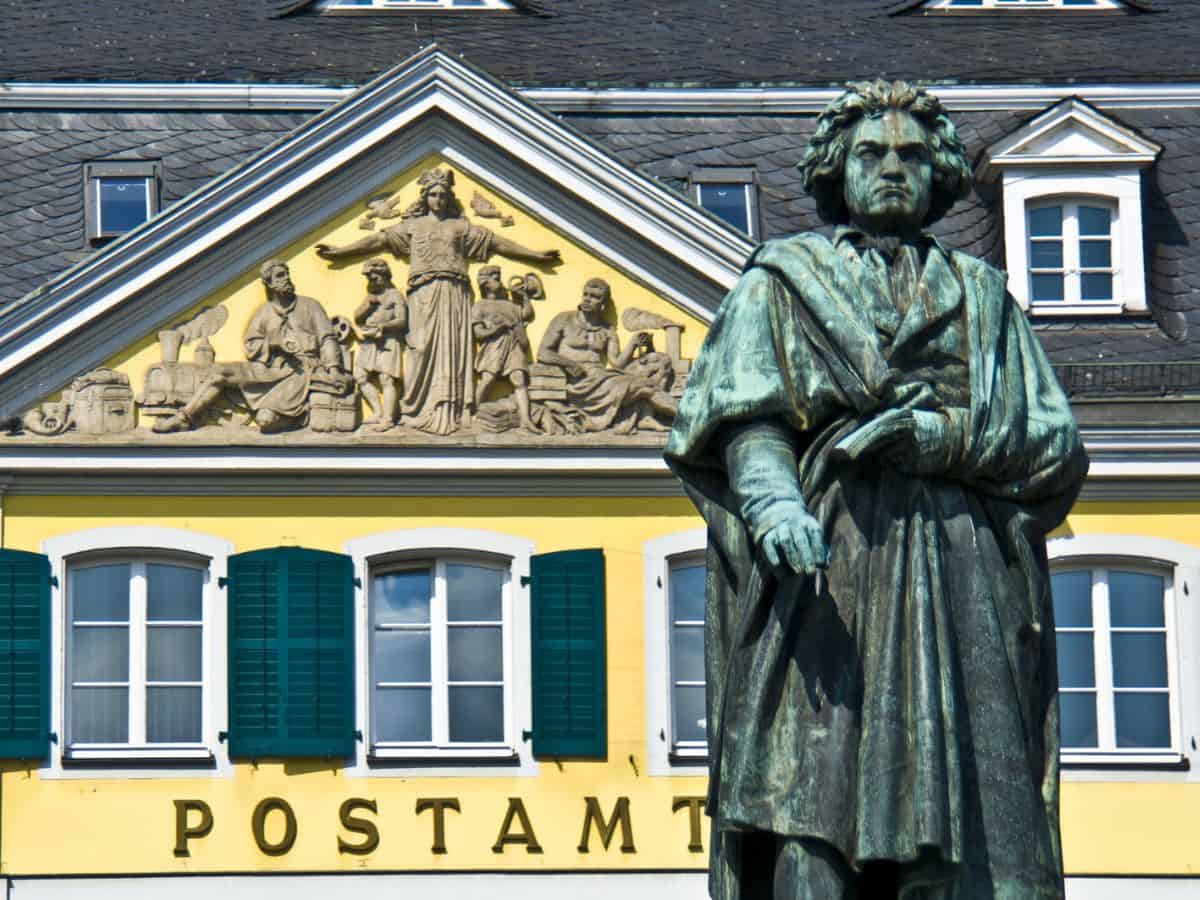
Ludwig van Beethoven
Beethoven is a titan in classical music, and his compositions are nothing short of revolutionary. Known for masterpieces like the “Ninth Symphony” and “Moonlight Sonata,” Beethoven’s work broke new ground, challenging traditional forms and emotional depth in music.

Johann Sebastian Bach
Bach is another luminary in classical music, particularly in the Baroque period. His intricate compositions, like the “Brandenburg Concertos” and “Mass in B Minor,” are studies in complexity and emotional nuance. Bach’s influence is so pervasive that he’s often referred to as the “father of classical music.”
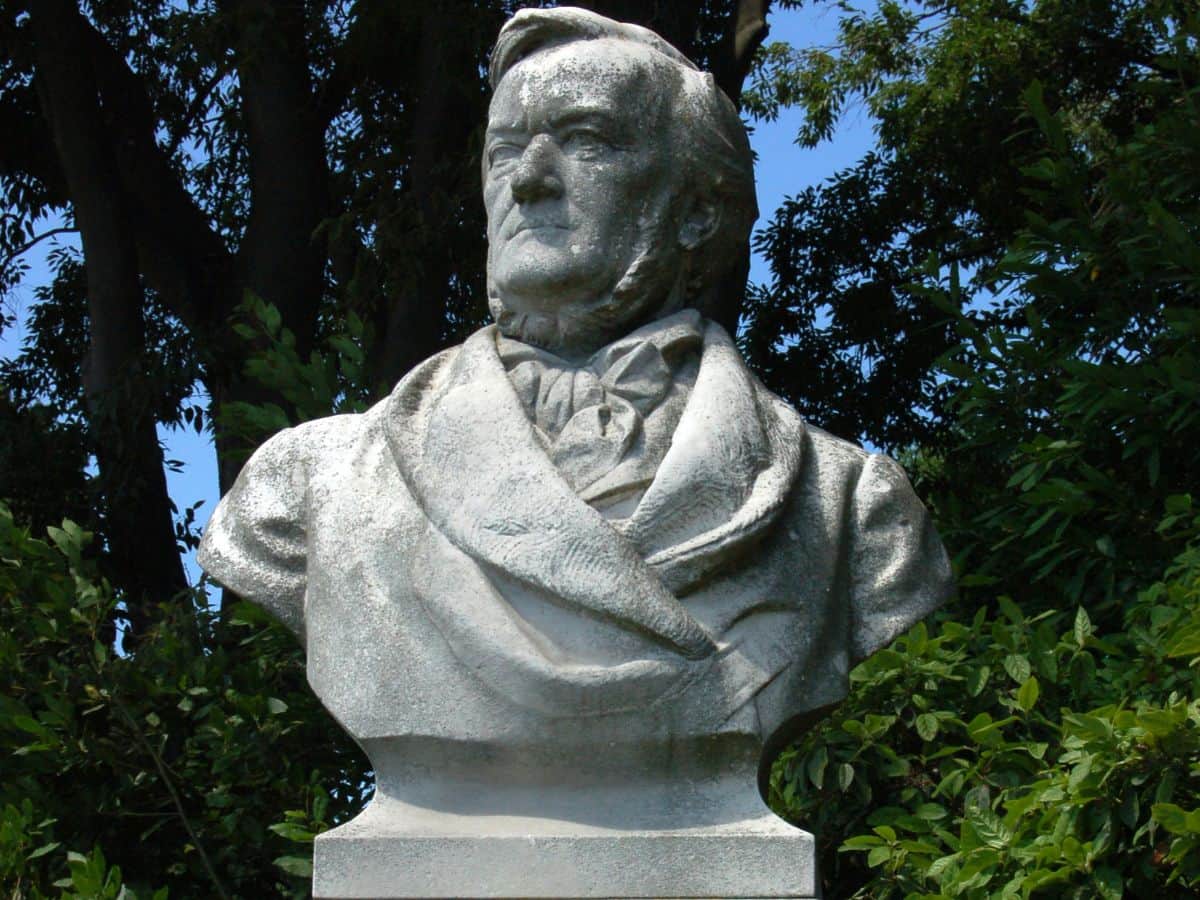
Richard Wagner
Wagner is a polarizing figure in classical music, but his impact is undeniable. Known for his operas like “Tristan und Isolde” and “The Ring Cycle,” Wagner’s work is grandiose and often controversial, but it has shaped the genre in ways still being explored today.
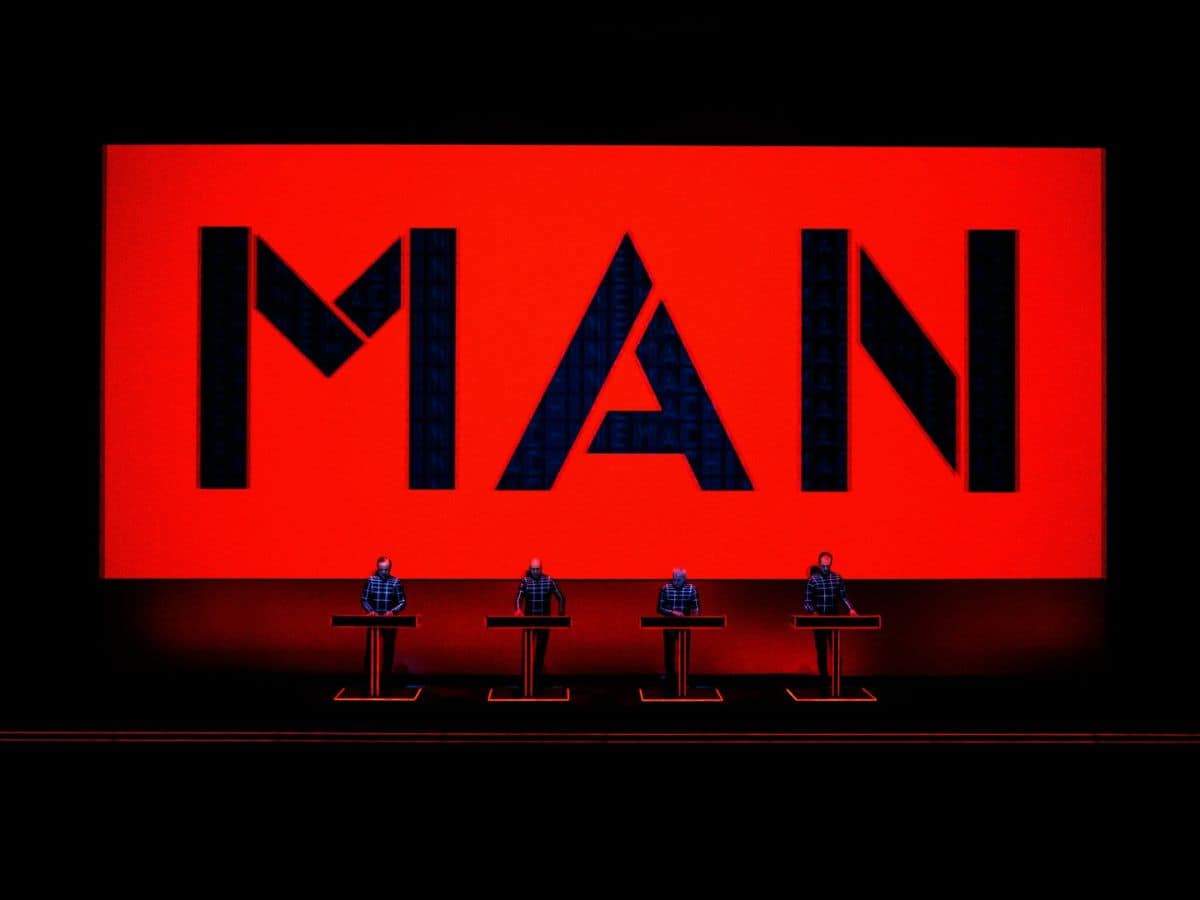
Kraftwerk
Kraftwerk took music into the future. As pioneers in the electronic music genre, their work in the 1970s laid the groundwork for entire sub-genres like techno and synth-pop. Tracks like “Autobahn” and “Trans-Europe Express” are seminal electronic music works.

Scorpions
Scorpions brought German rock music to the global stage. Known for hits like “Wind of Change” and “Rock You Like a Hurricane,” this band has a discography that spans decades and a fan base that spans continents. Their music captures the spirit of rock ‘n’ roll while adding a uniquely German twist.
Famous People from Germany
Germany has been the birthplace of some of the most influential figures in history, spanning fields from science and politics to fashion and literature. These individuals have shaped Germany and left an indelible mark on the world stage.
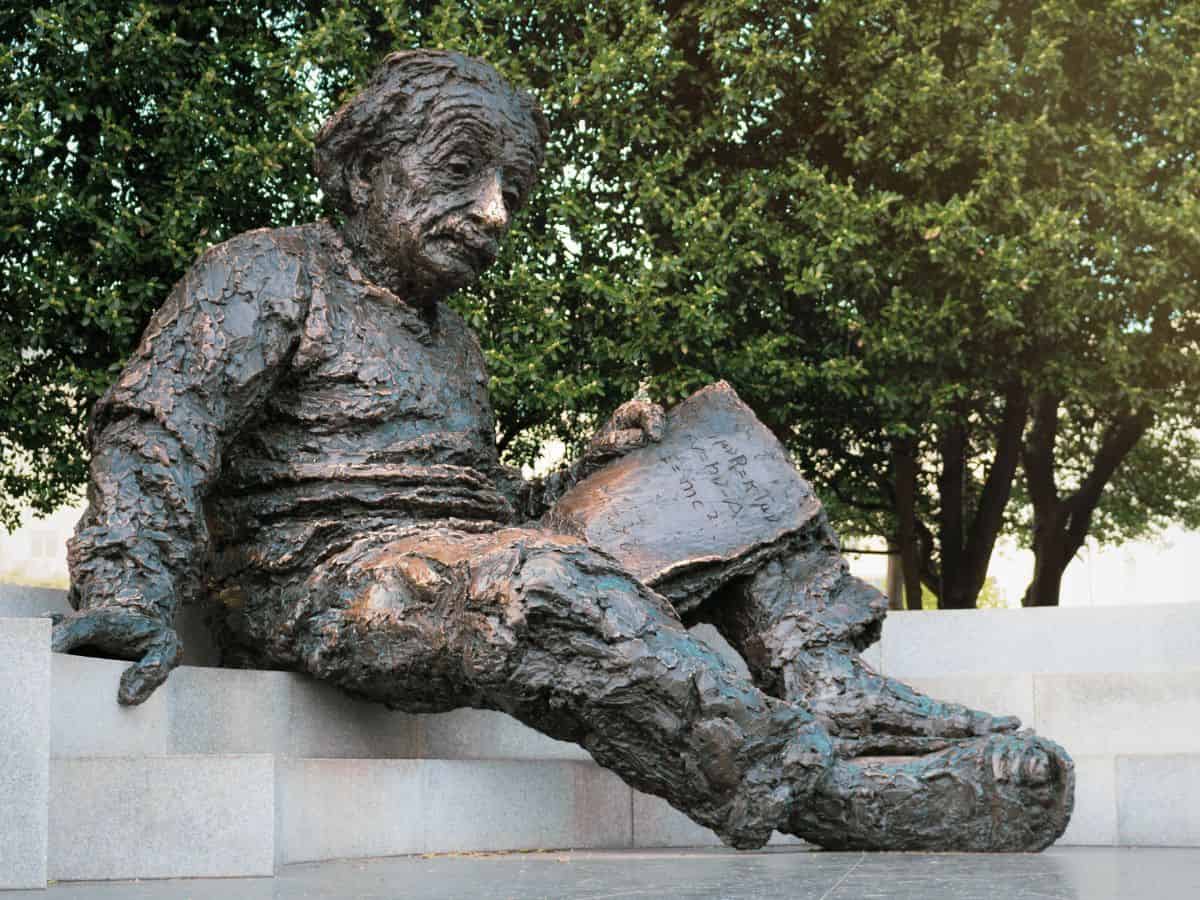
Albert Einstein
Albert Einstein, the Nobel Prize-winning physicist who developed the theory of relativity and influenced the Manhattan Project, is one of the most famous scientists in history. His groundbreaking work profoundly impacted our understanding of the universe, and his catchy quotes and unique personality made him a global icon of intellectual curiosity and innovation.

Martin Luther
Martin Luther, the leader of the Protestant Reformation, forever changed the course of religious history. His 95 Theses, nailed to the door of the Wittenberg Castle Church, sparked a movement that led to the creation of various Protestant denominations and altered the religious landscape of Europe.

Karl Marx
Karl Marx, co-author of The Communist Manifesto, profoundly impacted political thought and social theory. His ideas laid the foundation for modern communism and socialism, and they continue to be studied and debated today.
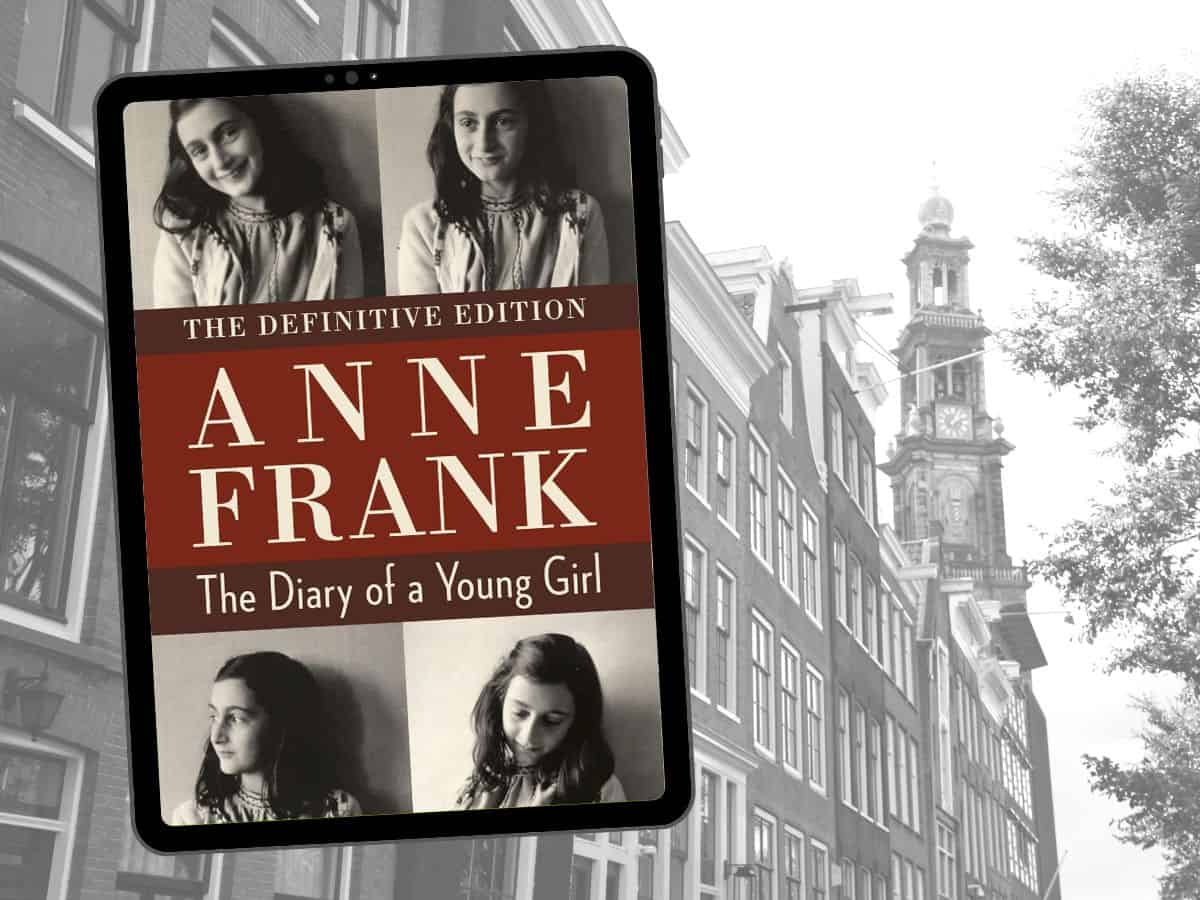
Anne Frank
Anne Frank was a German-born Jewish girl who wrote a diary while hiding from the Nazis in Amsterdam during World War II. Her poignant writings have become a symbol of the human cost of the Holocaust and are a testament to the resilience of the human spirit.
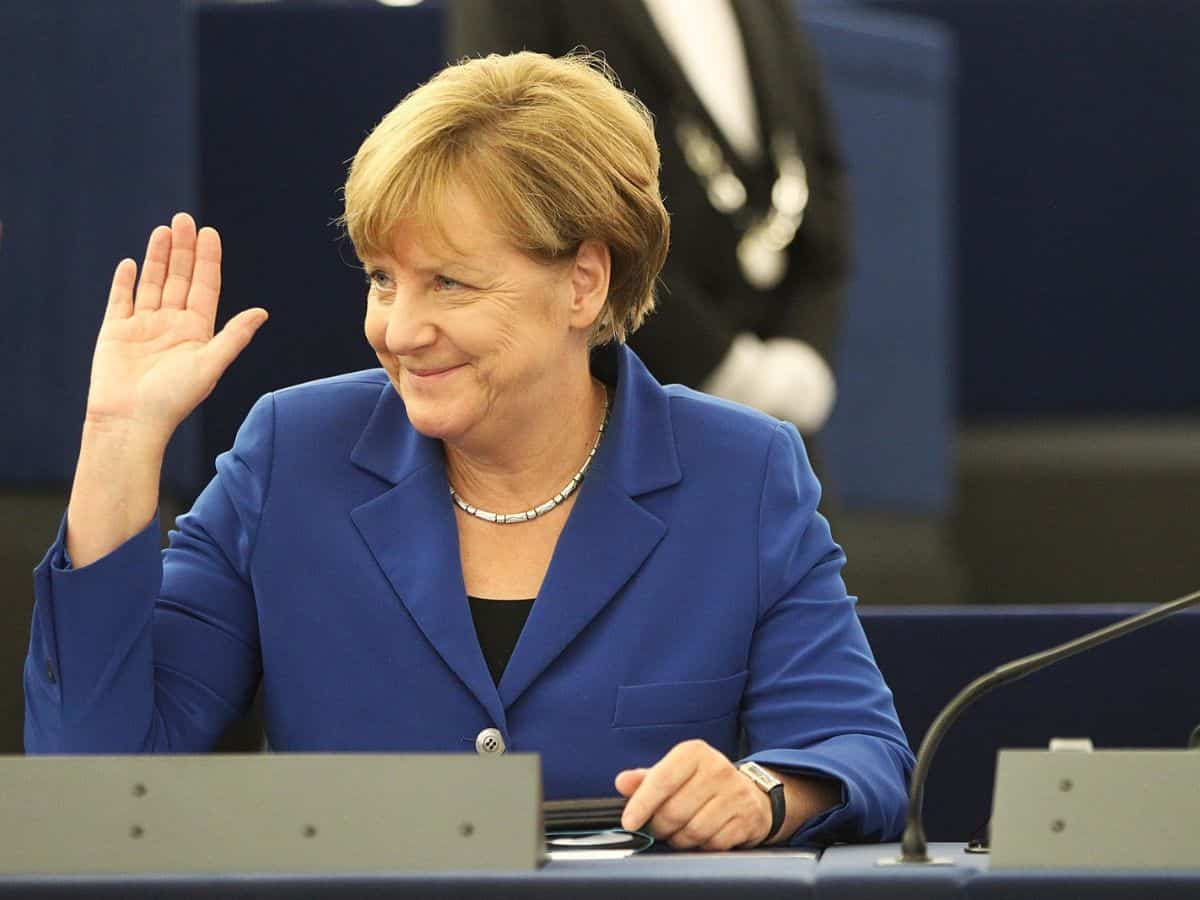
Angela Merkel
Angela Merkel served as the chancellor of Germany from 2005 to 2021, making her one of the world’s most powerful women. Her pragmatic leadership style and commitment to European unity have made her a respected figure in international politics.

Hugo Boss
Hugo Boss, the name behind the global fashion brand, started as a small tailor shop in Germany. Today, it’s synonymous with high-quality menswear and has expanded into various fashion lines, including fragrances and accessories.
German Cultural Events and Traditions
Germany is a land of rich traditions and celebrations that offer a glimpse into the country’s history and way of life. From legendary beer festivals to fairytale Christmas markets, Germany knows how to party!
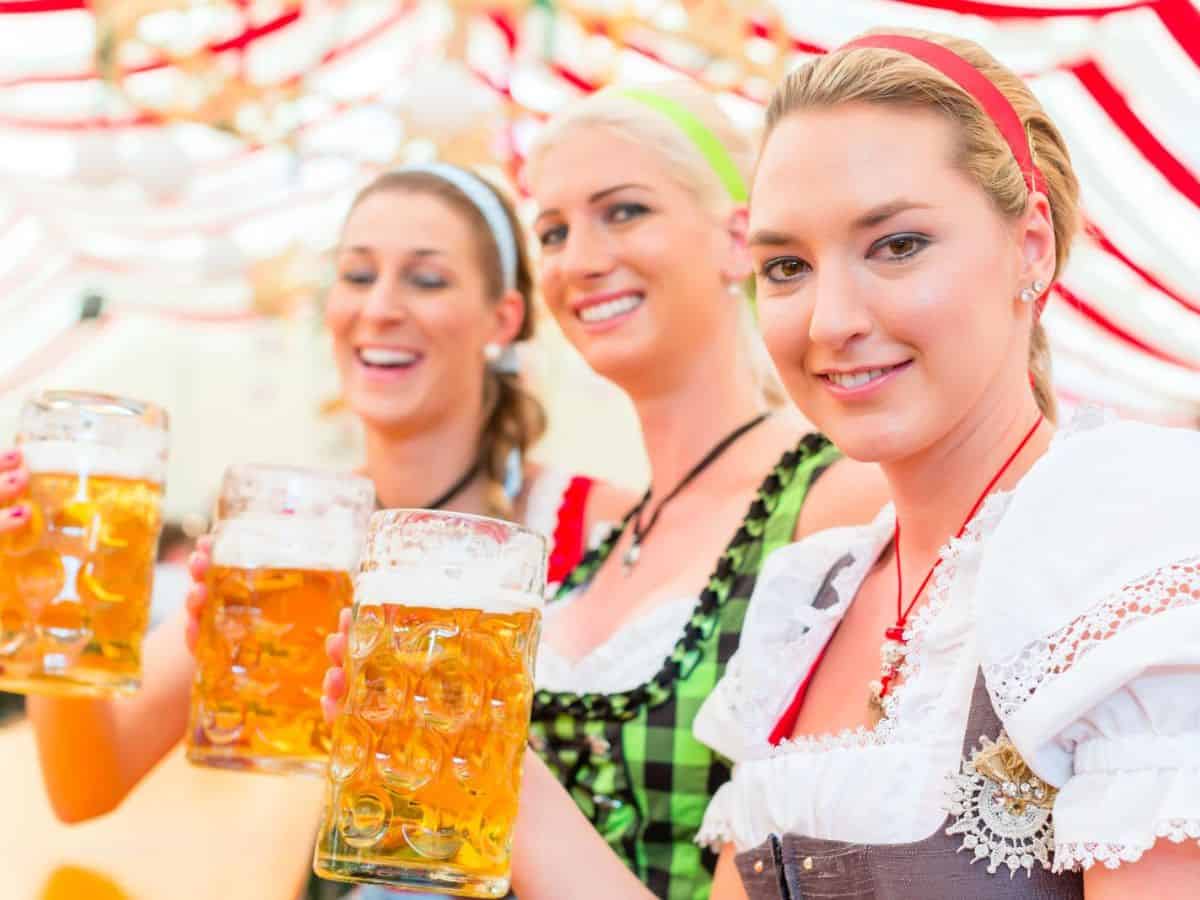
Oktoberfest
Oktoberfest is not just a beer festival; it’s an institution. Held annually in Munich, this 16- to 18-day extravaganza is a celebration of Bavarian culture, complete with traditional music, mouth-watering food, and barrels upon barrels of world-class beer.
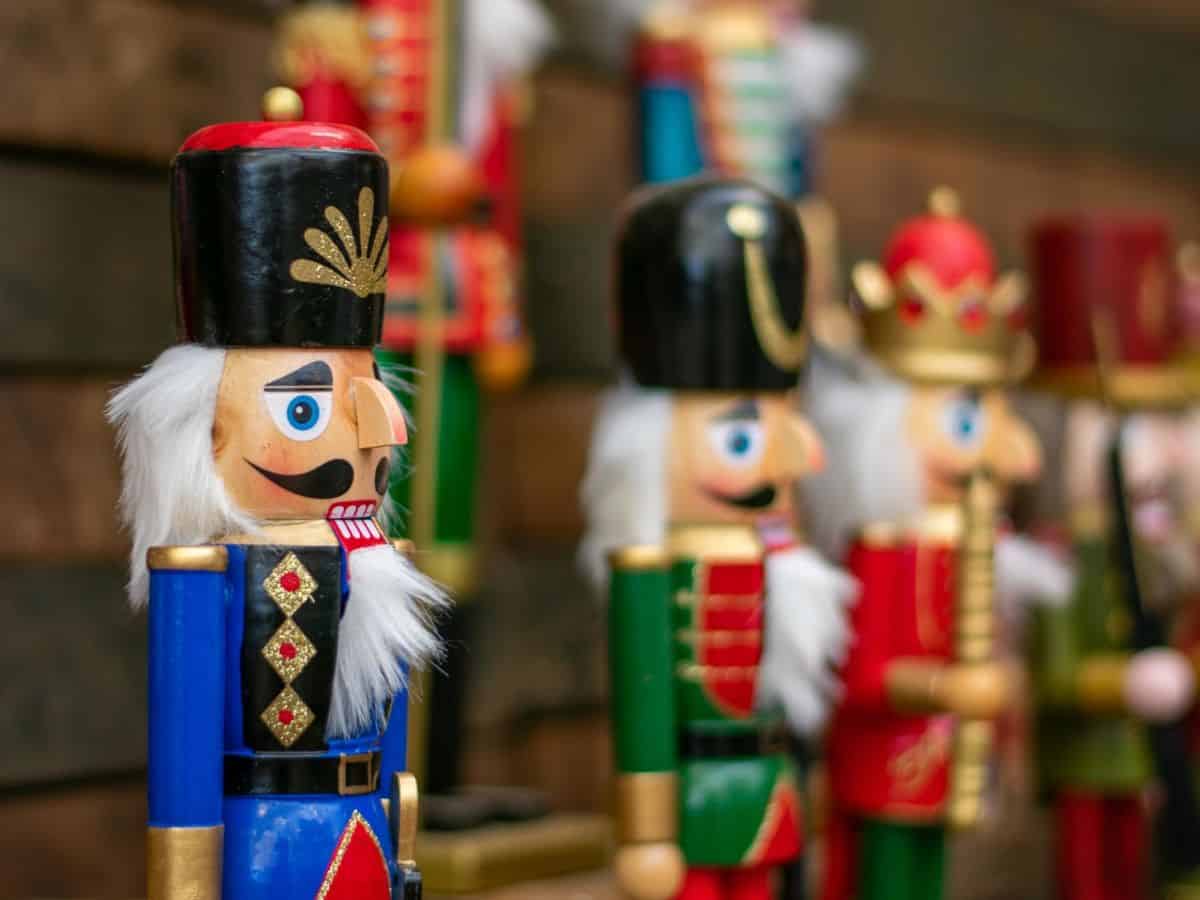
Christmas Markets
Germany’s Christmas Markets, or Weihnachtsmärkte, are a magical experience quintessentially German. Famous for their festive atmosphere, these markets offer everything from handcrafted gifts to holiday treats like glühwein (mulled wine) and lebkuchen (gingerbread-like cookies).

Carnival
In Germany, the Carnival season is known as Karneval. It is a time of revelry and abandon before the solemnity of Lent. Parades, costumes, and parties fill the streets, especially in the Rhineland, making it one of the year’s most anticipated events.
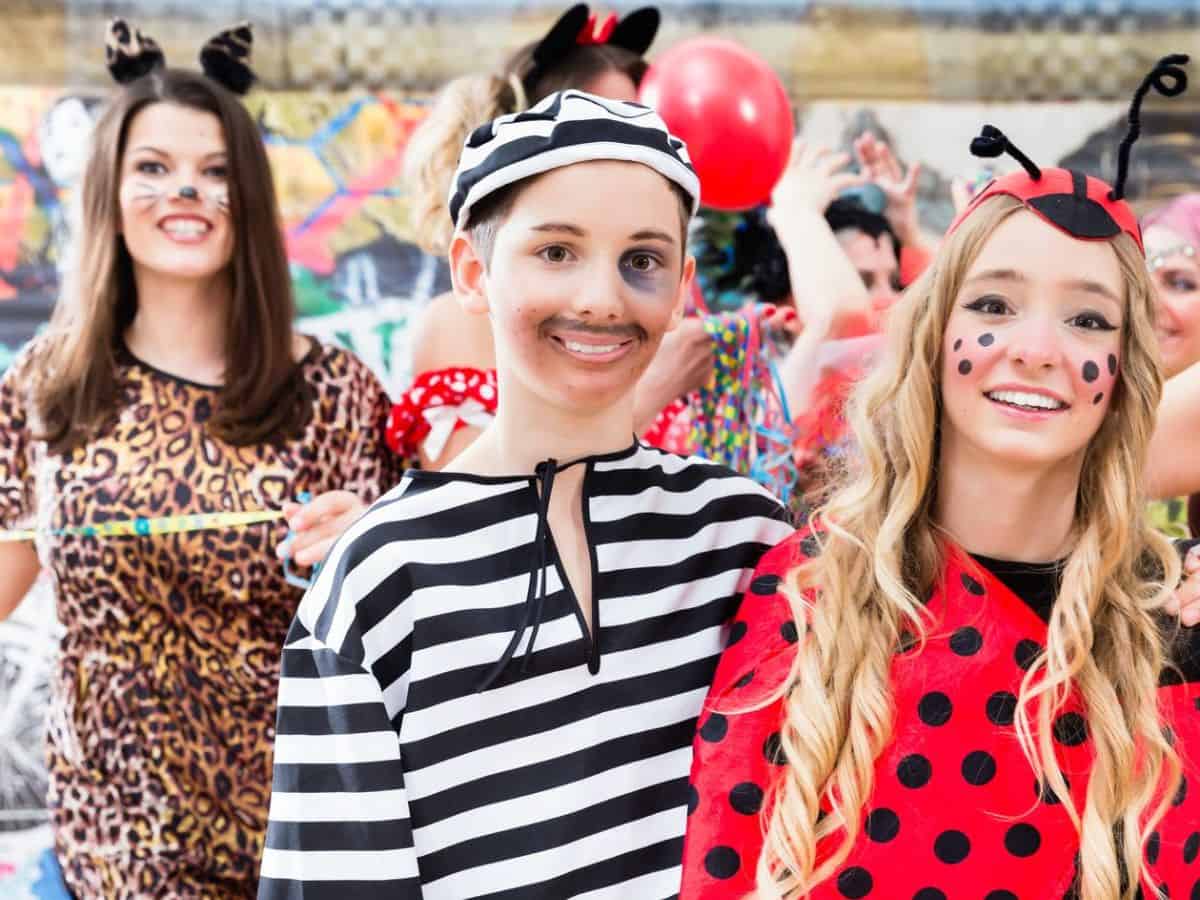
Fasching
Fasching is another pre-Lenten carnival, but it’s primarily celebrated in southern Germany. Like Karneval, Fasching is marked by parades, masquerade balls, and a general atmosphere of joy, making it a highlight in the German festival calendar.
Famous Landmarks in Germany
Germany is a country steeped in history and culture, and its landmarks are a testament to its rich past and vibrant present. These famous places offer a fascinating journey through Germany’s multifaceted identity, from fairy-tale castles to poignant historical sites.

Neuschwanstein Castle
Neuschwanstein Castle is the epitome of a fairy-tale castle, perched high in the Bavarian Alps. It served as Walt Disney’s inspiration for Cinderella’s Castle and is one of the most visited landmarks in Germany. The famous castle’s romantic architecture and stunning alpine backdrop make it a must-see.
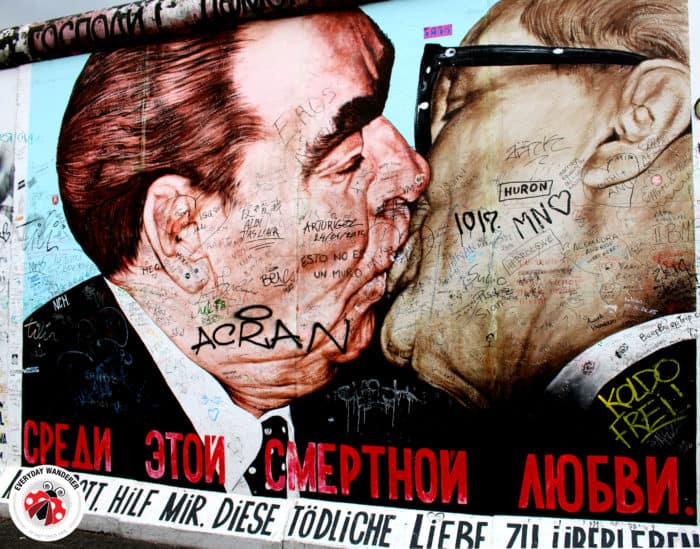
Berlin Wall
The Berlin Wall was more than just a physical barrier between West Germany and East Germany — it symbolized the ideological divide that gripped the world during the Cold War. While most of it has been torn down, sections remain as a poignant reminder of a divided Germany and are a must-visit for anyone interested in modern history.

Brandenburg Gate
Located in Berlin, the Brandenburg Gate has witnessed some of the most significant events in German history. From President Kennedy’s proclamation, “Ich bin ein Berliner,” to Ronald Reagan’s challenging Soviet leader Mikhail Gorbachev to “tear down this wall,” this neoclassical gate that symbolizes unity has had a front-row seat to everything from the fall of the Berlin Wall to major public gatherings and celebrations.
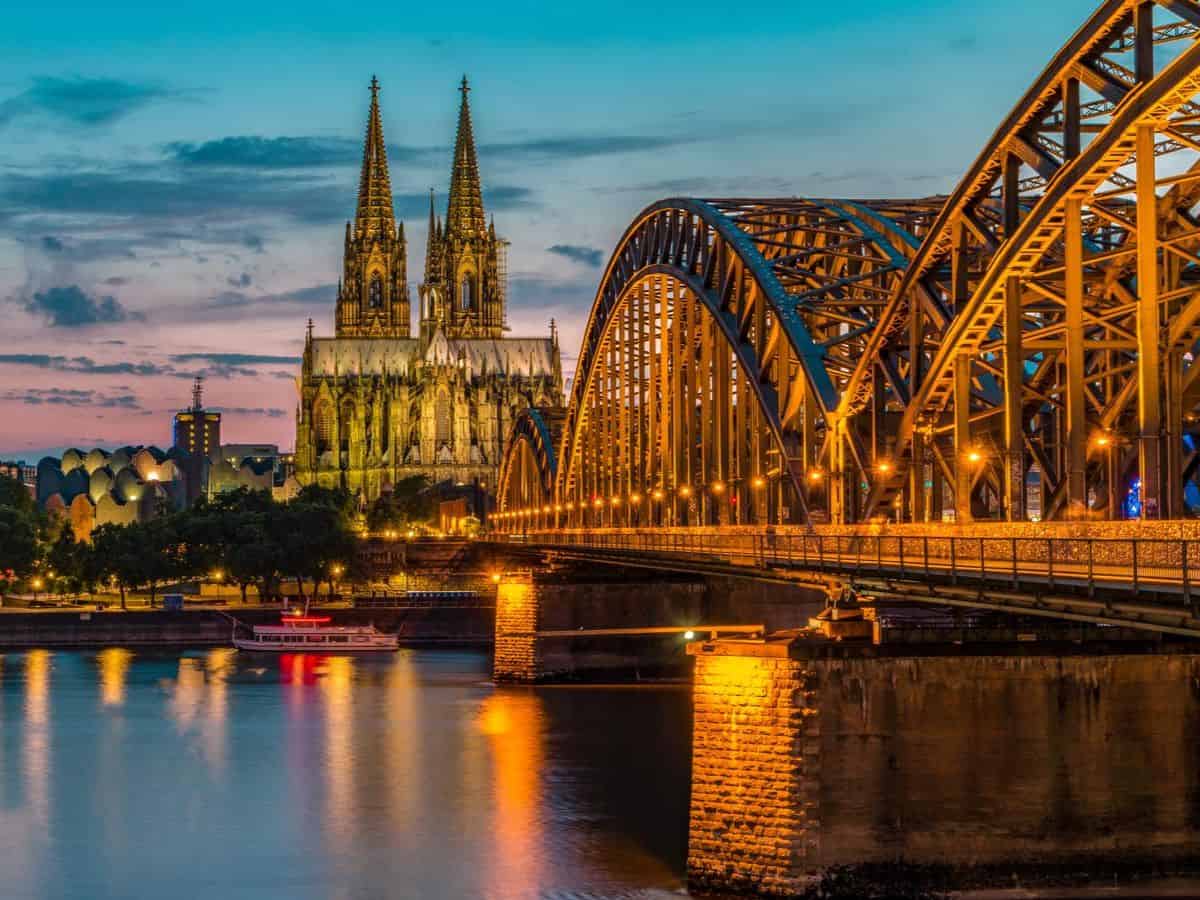
Cologne Cathedral
The Cologne Cathedral, or Kölner Dom, is an awe-inspiring Gothic cathedral known for its intricate facades and towering twin spires. It’s one of the largest cathedrals in Europe and a UNESCO World Heritage site, drawing visitors from around the globe to marvel at its architectural brilliance.
Innovations and Inventions from Germany
Germany has long been a hotbed of innovation, contributing groundbreaking inventions that have revolutionized various fields. German ingenuity has left an indelible mark on the world, from the printing press that democratized knowledge to medical advancements that have improved lives.
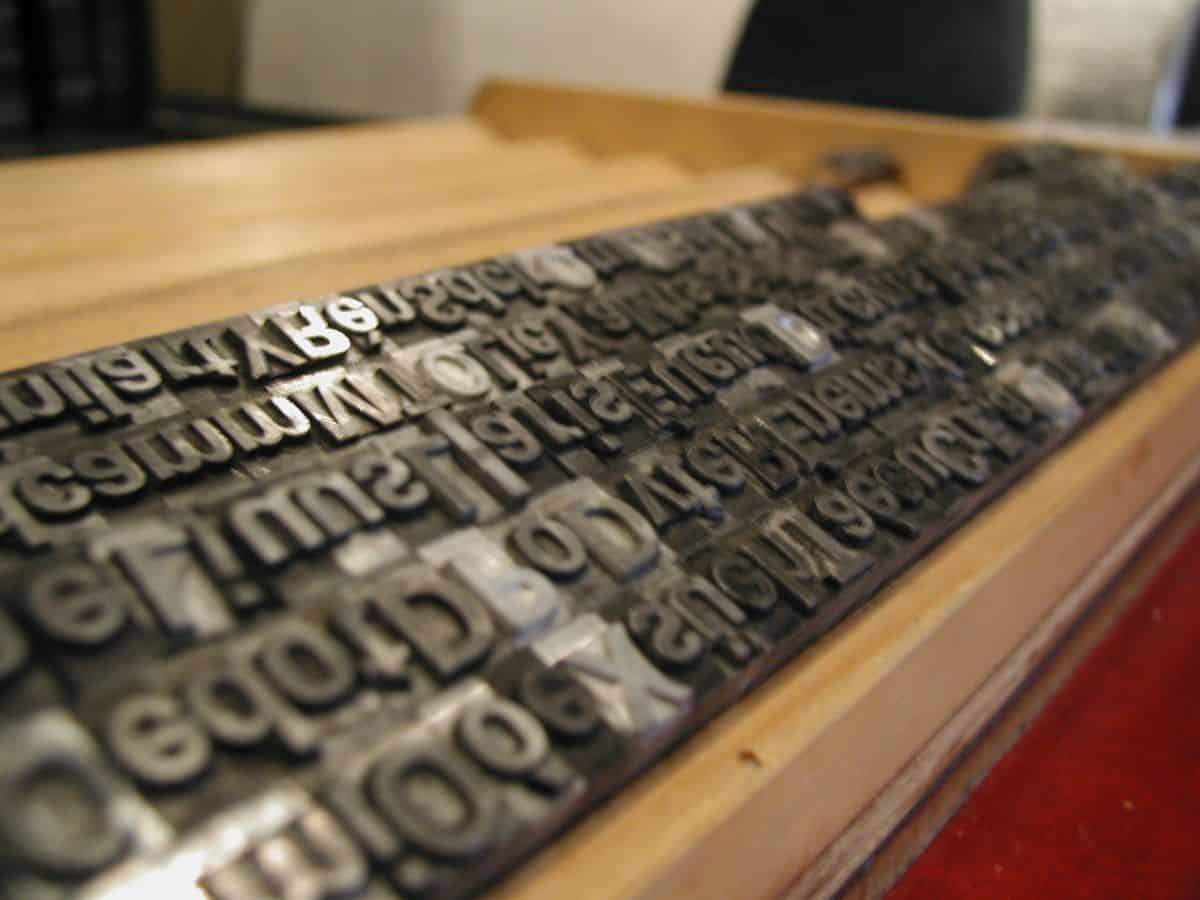
Gutenberg Press
The Gutenberg Press, invented by Johannes Gutenberg in the 15th century, revolutionized how people disseminated information. It made books more accessible and affordable, paving the way for spreading knowledge and democratizing education. If only more people still read today instead of being spoon fed TikTok videos!
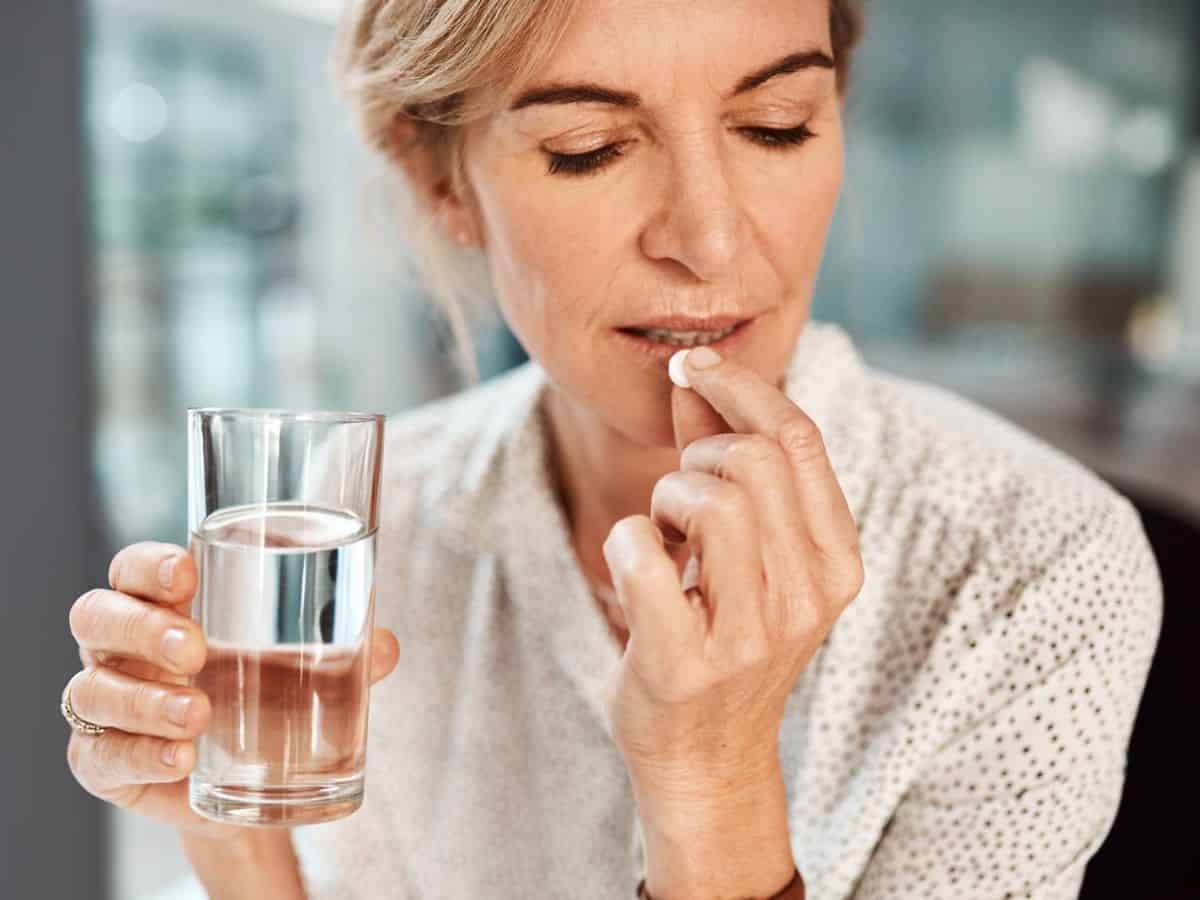
Aspirin
Aspirin, developed by the German pharmaceutical company Bayer, is one of the world’s most widely used pain relievers. Its invention marked a significant advancement in medicine, offering a practical and accessible solution for pain relief and inflammation.

Zeppelin
The Zeppelin, a type of rigid airship, was named after its German inventor, Count Ferdinand von Zeppelin. These airships were initially used for surveillance and commercial travel, capturing the world’s imagination with their majestic presence in the sky.
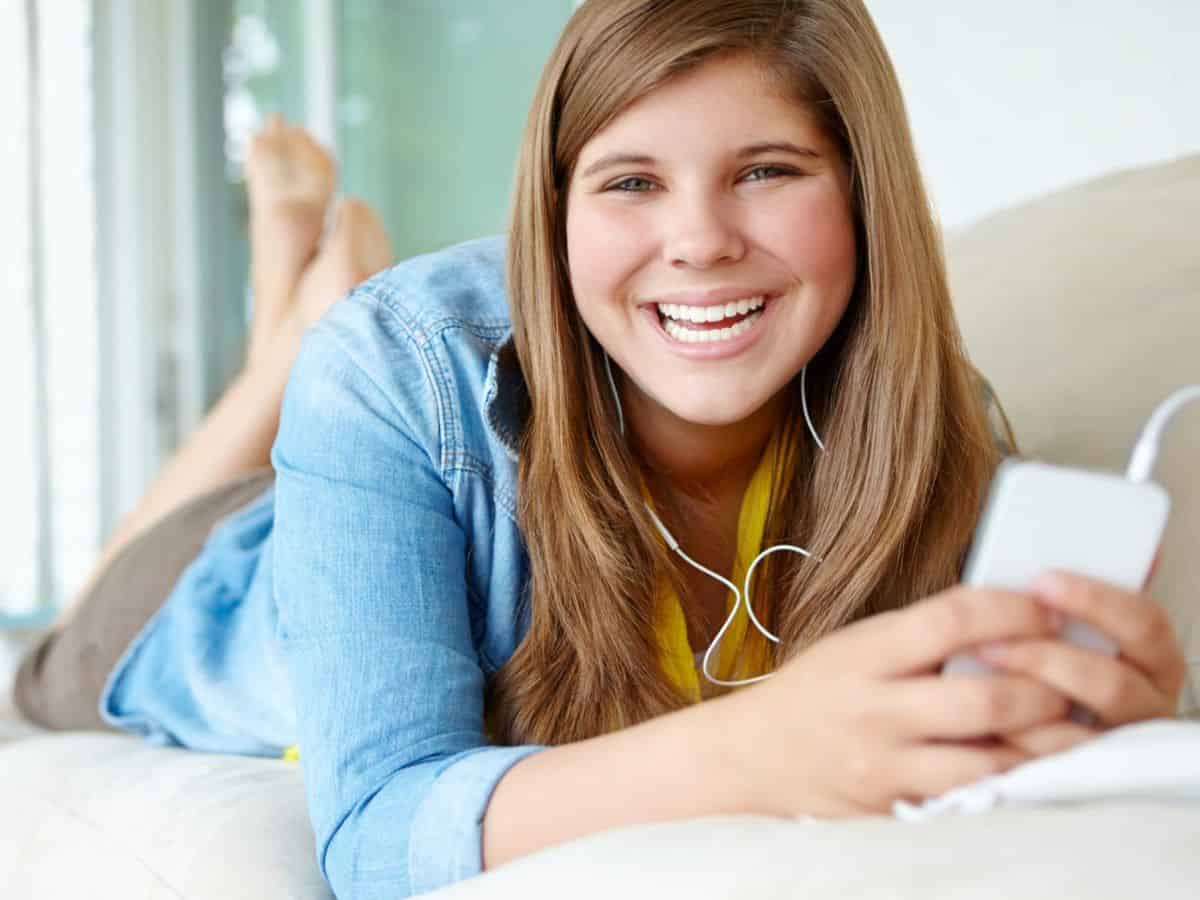
MP3 Format
The MP3 format, developed by the German company Fraunhofer Society, revolutionized how we consume music. It made it possible to compress audio files without a significant loss in quality, paving the way for digital music platforms and portable media players.
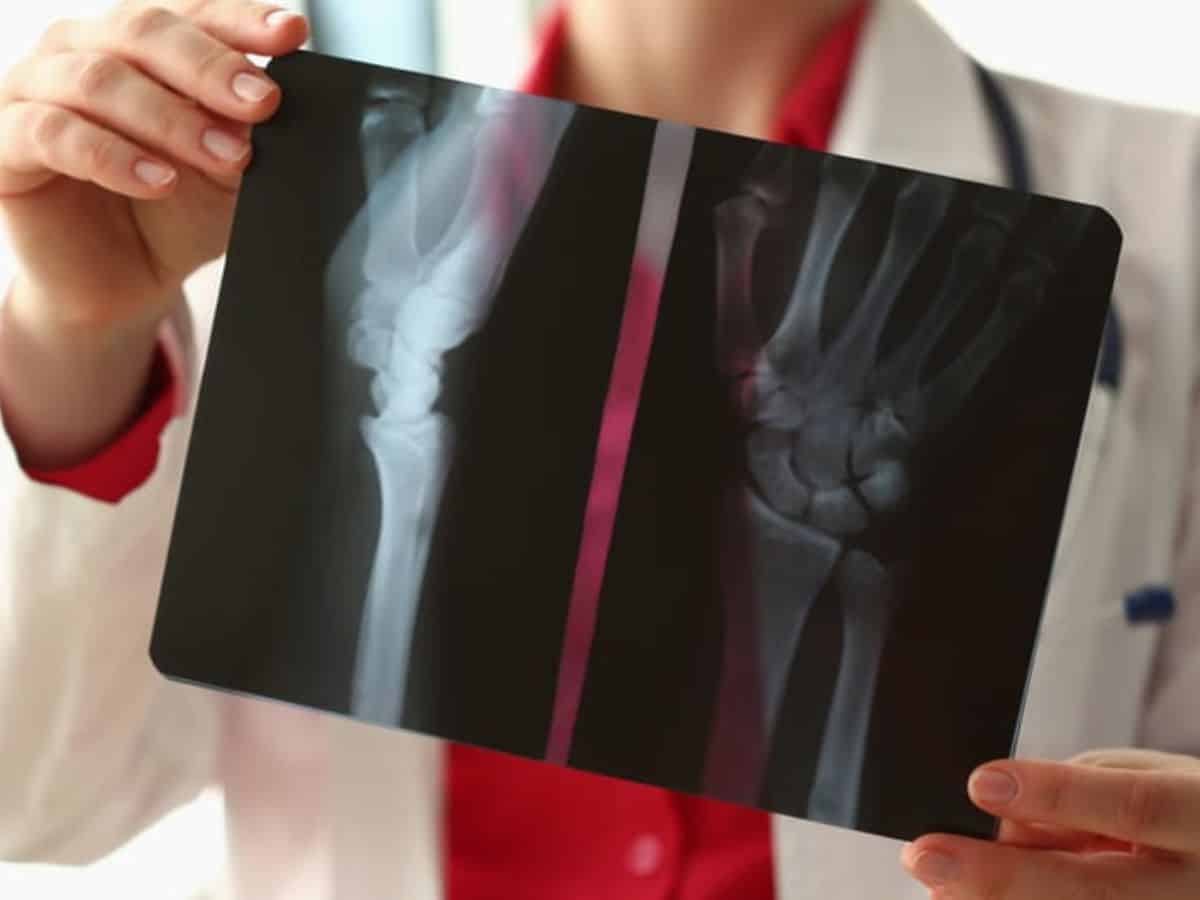
X-Ray Technology
Wilhelm Conrad Roentgen, a German physicist, discovered X-ray technology. His groundbreaking invention has had far-reaching implications in medicine, allowing for non-invasive diagnostic procedures and revolutionizing medical imaging.
Sports
Germany is a powerhouse in the world of sports, excelling in everything from soccer and Formula 1 to winter sports. The country’s athletic prowess is a source of national pride and a testament to its commitment to excellence and competition.

Soccer
Known as fußball in Germany, soccer is a national obsession. With one of the most competitive leagues in the world, the Bundesliga, and a history of World Cup successes, Germany is a force to be reckoned with on the soccer field.
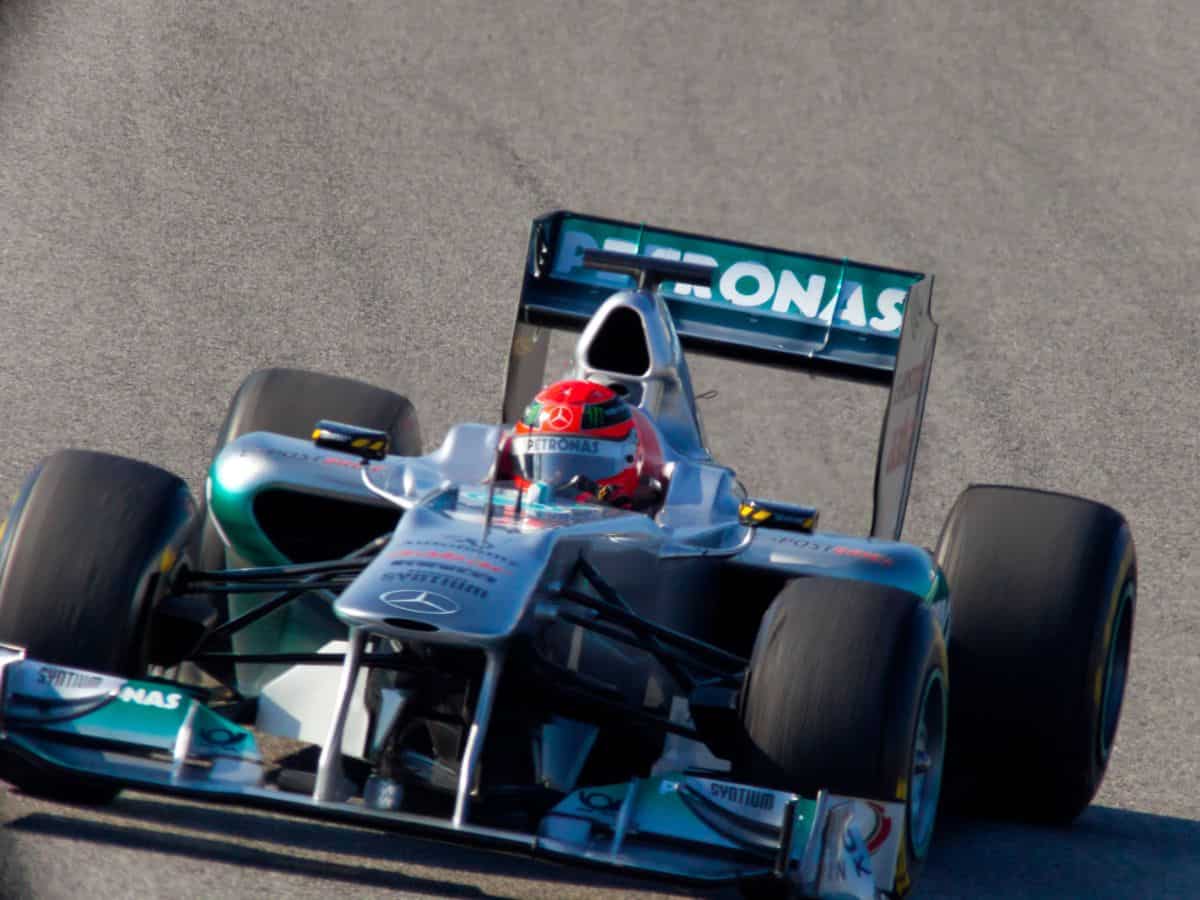
Formula 1
Germany has a storied history in Formula 1, with drivers like Michael Schumacher becoming sports legends. The country’s automotive engineering expertise also shines in the high-performance cars that dominate the tracks, making Germany a key player in the world of motor racing.

Handball
Handball enjoys immense popularity in Germany, boasting a solid national team that has won numerous international titles. The sport is played passionately at professional and amateur levels, reflecting its deep-rooted place in German culture.

Tennis
In tennis, Germany has produced legends like Steffi Graf and Angelique Kerber. With her 22 Grand Slam titles, Graf set the bar high, while Kerber continues to make her mark, winning multiple Grand Slam titles and becoming a global ambassador for the sport.

Winter Sports
When it comes to winter sports, Germany excels in disciplines like bobsleigh, ski jumping, and luge, often dominating the podium at international competitions like the Winter Olympics. Germany’s commitment to winter sports is further highlighted by its role as host for the Olympic Games on three occasions, cementing its reputation as a global sports powerhouse.
Art and Literature
Germany’s contributions to art and literature are as diverse as they are impactful. From the enchanting tales of the Brothers Grimm to the groundbreaking design principles of Bauhaus, the country has been a fertile ground for creative expression and intellectual exploration.

Grimm's Fairy Tales
Penned by Jacob and Wilhelm Grimm, fairy tales like “Hansel and Gretel,” “Rapunzel,” and “Little Red Riding Hood” are not just bedtime favorites but also important cultural texts that have been adapted and reinterpreted across various mediums. These timeless tales continue to resonate with audiences of all ages, serving as a testament to the enduring power of storytelling.
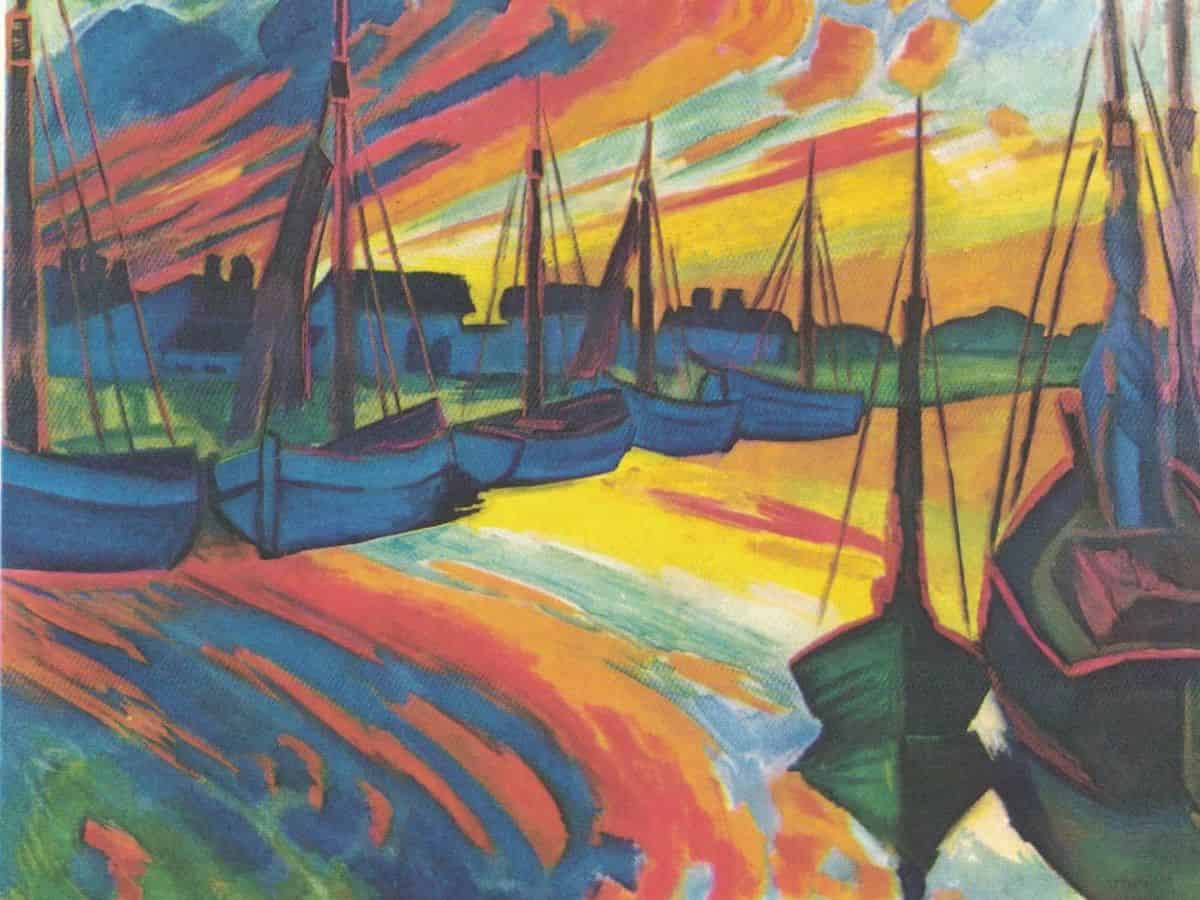
Expressionism
Expressionism is an art movement that originated in Germany in the early 20th century. It emphasized the emotional and subjective experience over objective reality, and its influence can be seen in various art forms, including painting, literature, and theater.

Johann Wolfgang von Goethe
Goethe is one of the titans of German literature, best known for his work Faust. This epic tale of a man’s deal with the devil is a cornerstone in German literature and has been studied and adapted countless times since its publication.

Albrecht Dürer
This Renaissance painter and printmaker is famous for his woodcuts and self portraits. His work has had a lasting impact on the art world, influencing a range of artists from the German Renaissance to the present day.

Bauhaus
The Bauhaus was a revolutionary design movement that originated in Germany in the early 20th century. It aimed to integrate art, design, and industry, and its principles have profoundly impacted modern architecture and design.
Natural Wonders
Germany’s natural wonders are as diverse as they are breathtaking. From the majestic Rhine River to the mystical Harz Mountains, the country offers an array of stunning landscapes that are a paradise for nature lovers and outdoor enthusiasts alike.

The Rhine
The Rhine is one of Europe’s major rivers, flowing through the heart of Germany. Its banks are dotted with historic castles and vineyards, making it a picturesque setting for leisurely cruises and adventurous hikes.

Black Forest
The Black Forest is a wooded mountain range in southwestern Germany. Known for its dense forests, cuckoo clocks, and charming villages, it’s a haven for hikers and nature lovers.
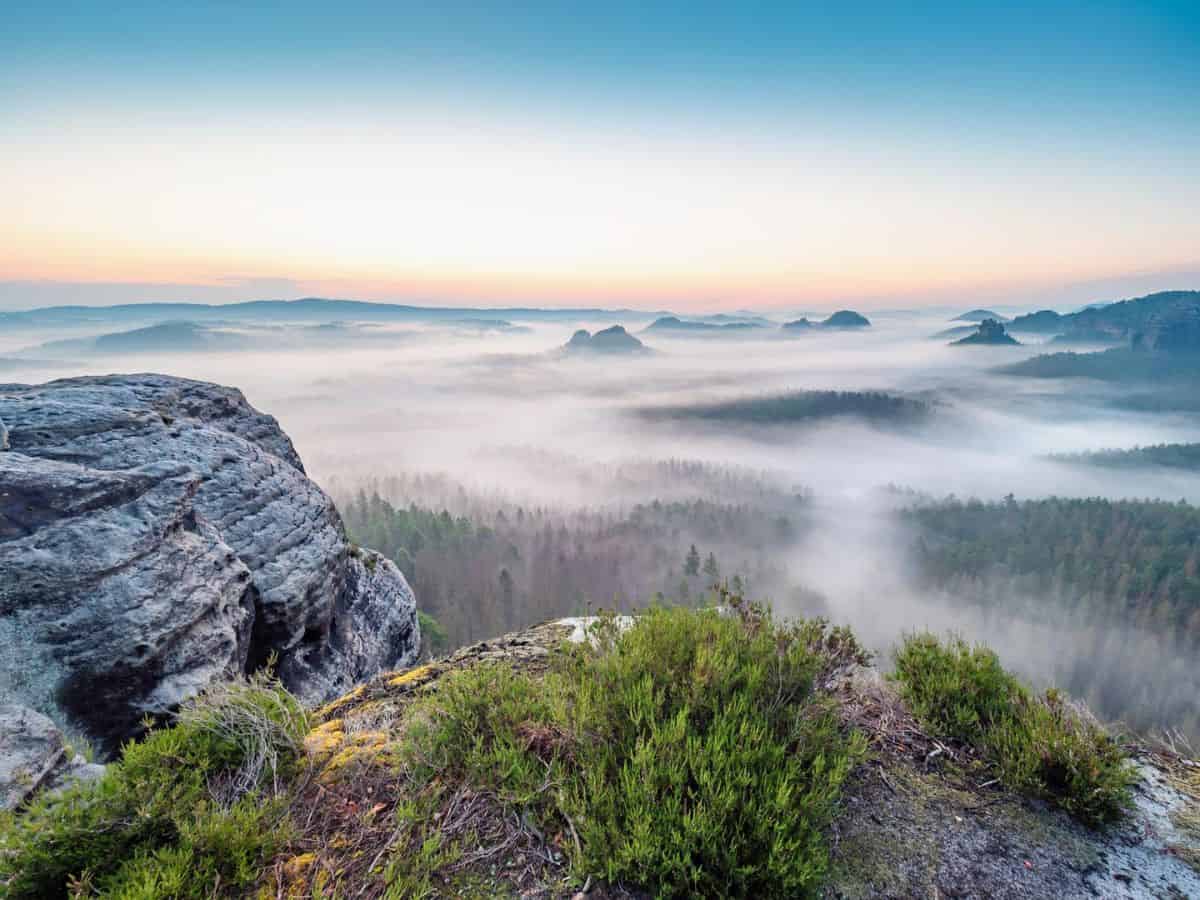
Saxon Switzerland
Despite its name, Saxon Switzerland is actually located in Germany, just south of Dresden. This national park is famous for its dramatic sandstone rock formations, offering a unique landscape that attracts climbers and hikers from around the world.
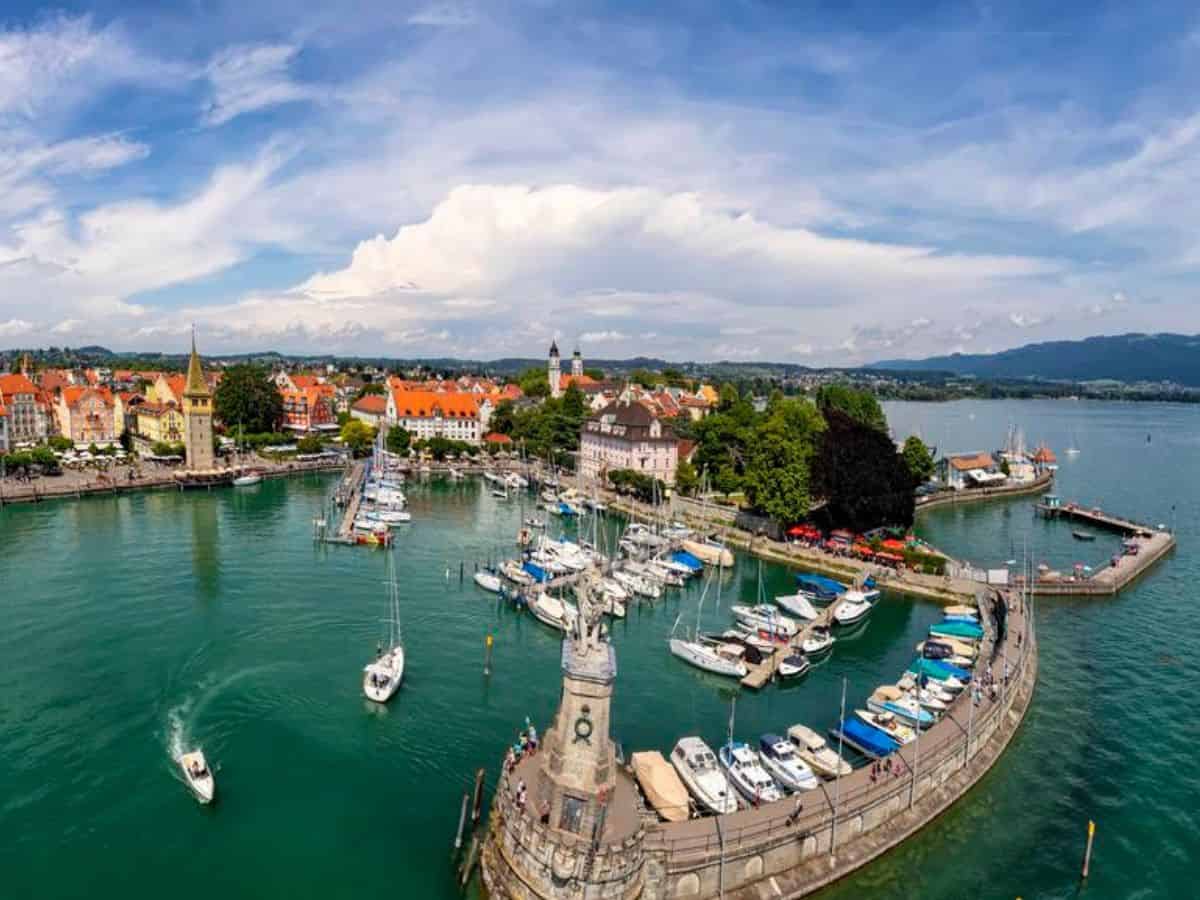
Lake Constance
Lake Constance is a large freshwater lake that borders Germany, Austria, and Switzerland. It’s a popular destination for water sports, including sailing and swimming, and offers stunning views of the Alps.
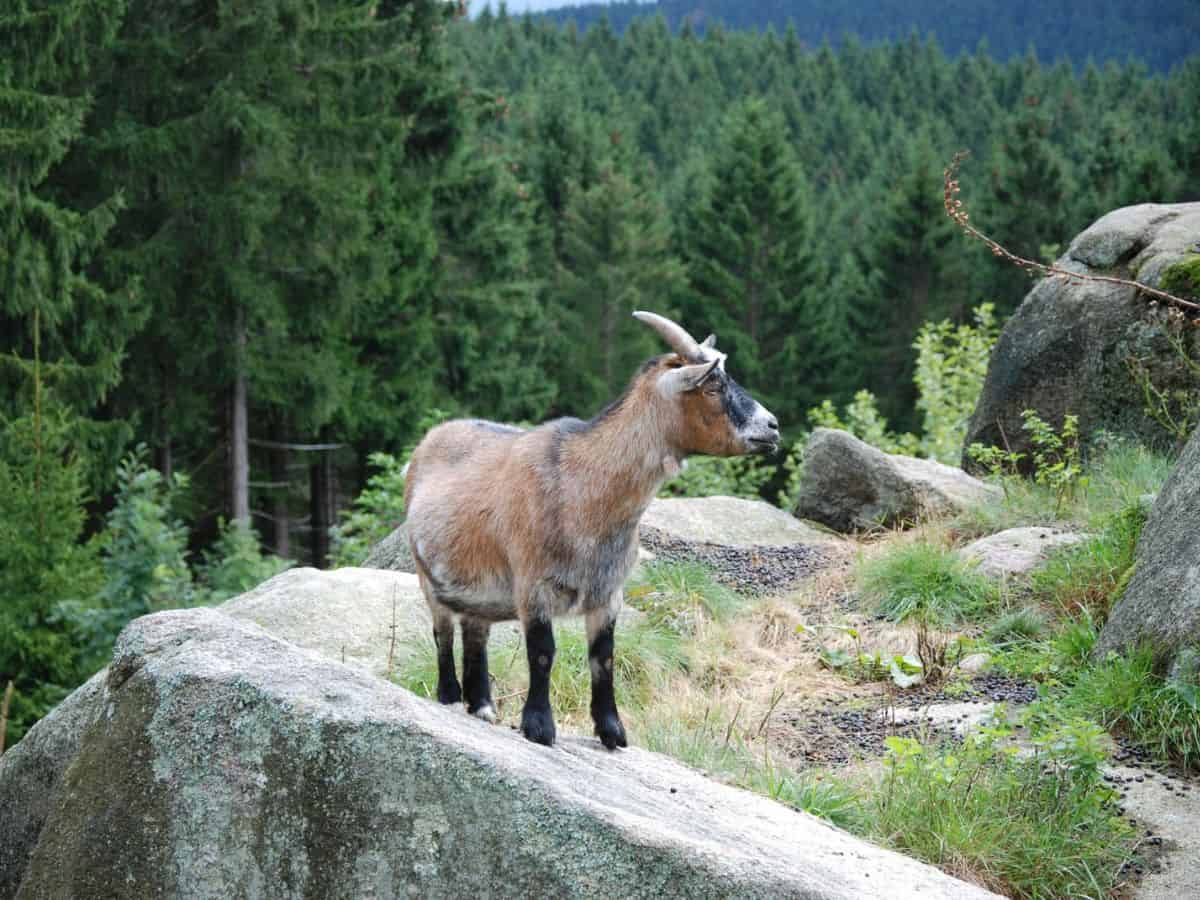
Harz Mountains
The Harz Mountains are steeped in folklore and legends, including tales of witches and devils. This mountain range in northern Germany is a popular destination for hiking and winter sports, and it’s home to the Brocken, the highest peak in northern Germany.

Wadden Sea
The Wadden Sea is a UNESCO World Heritage site in the North Sea. It’s home to a unique ecosystem, including mudflats and salt marshes. It serves as a vital habitat for a range of marine life, including gray seals and migratory birds like the Eurasian oystercatcher.
What’s Your Favorite Thing About Germany?
Do you have a favorite German city, dish, or hidden gem you absolutely adore? What do you love most about it? Share your thoughts in the comments section below.

Looking for more information to plan your Germany vacation? Check out my additional recommendations to help you plan your trip to Germany including what to see and do in Germany, the best places to stay in Germany, where to eat in Germany, and more!
Ready to Go?
Use These Helpful Links to Book Your Trip!
- Find low fares with airfarewatchdog and Skyscanner
- Book your plane ticket with Expedia or Kayak
- Or take the scenic route on an epic road trip in a rental car or an RV from Outdoorsy
- From hotels to private homes, find the perfect accommodation with Hotels.com or Vrbo
- Travel in style with a suitcase, carry-on, backpack, or handbag from eBags
- Save on tickets to attractions, sightseeing tours, and more with CityPASS, Tiqets, and Viator
- Don’t leave home without travel insurance from AXA
- Discover the sights, history, and culture of your destination with an interactive scavenger hunt
- Need something else to plan your perfect trip? Visit my travel resources page for more trusted partners. Happy wandering!
Thank you for sharing!

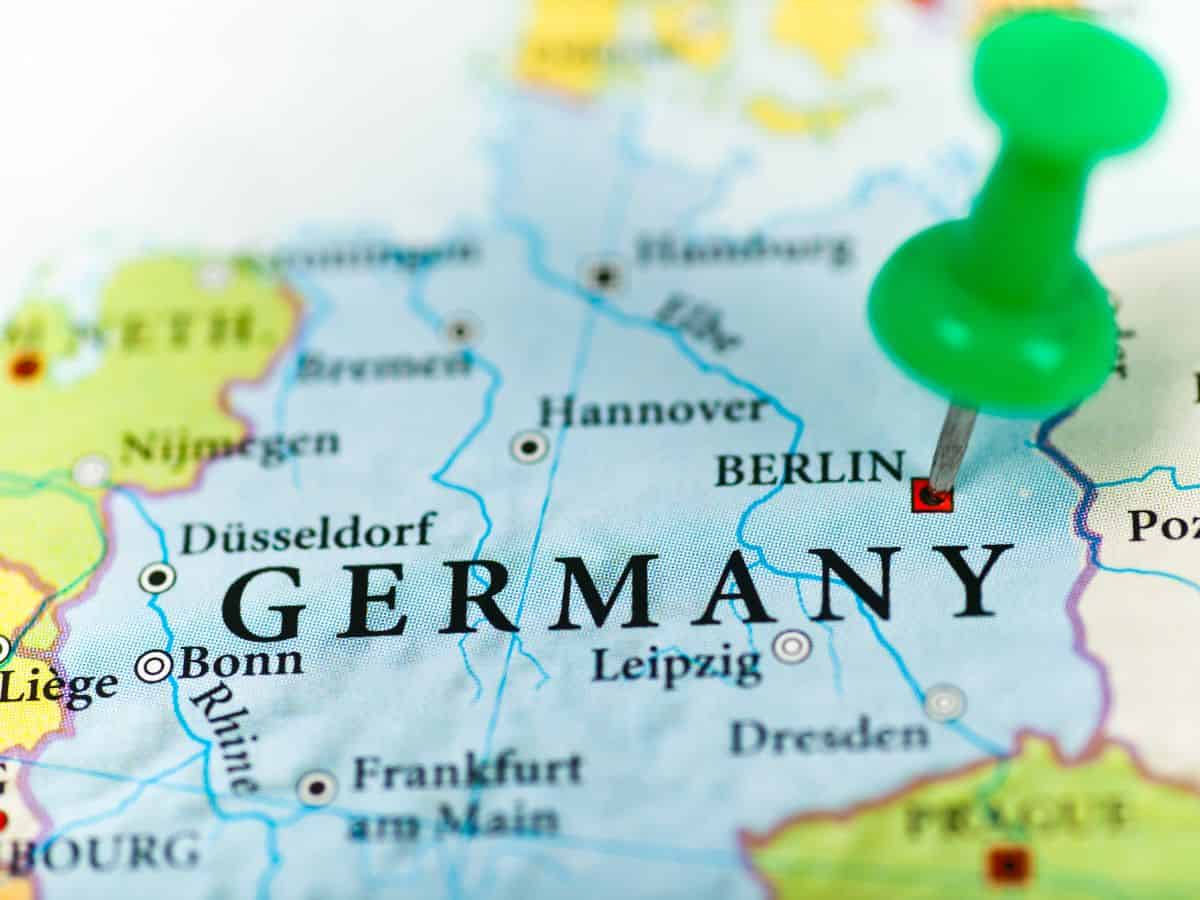


My husband just returned from Germany and he would agree that the food is delish, that is all he could talk about! (besides the beer!) LOL
As a German-American who lived in Germany for a few years as a kid and ate VERY well at my Oma’s kitchen table, I would agree with your husband 100%! Did he have a favorite dish?
We have family from Germany and always enjoy visiting there. This list perfectly sums up some of the best things about the country! Great read
Such a great country, right?
What a wonderful resource you’ve written! I pinned this article to refer back to on my upcoming trip. Thanks so much!
You should be all set. LOL! Have a lovely trip!
This is a great list! We have a lot of family from Germany, and I have been studying German in preparation for a trip next summer. We hope to check out the Harz Mountains as you suggested.
You’ll have so much fun! The German mountains are a great place to be in the summertime!